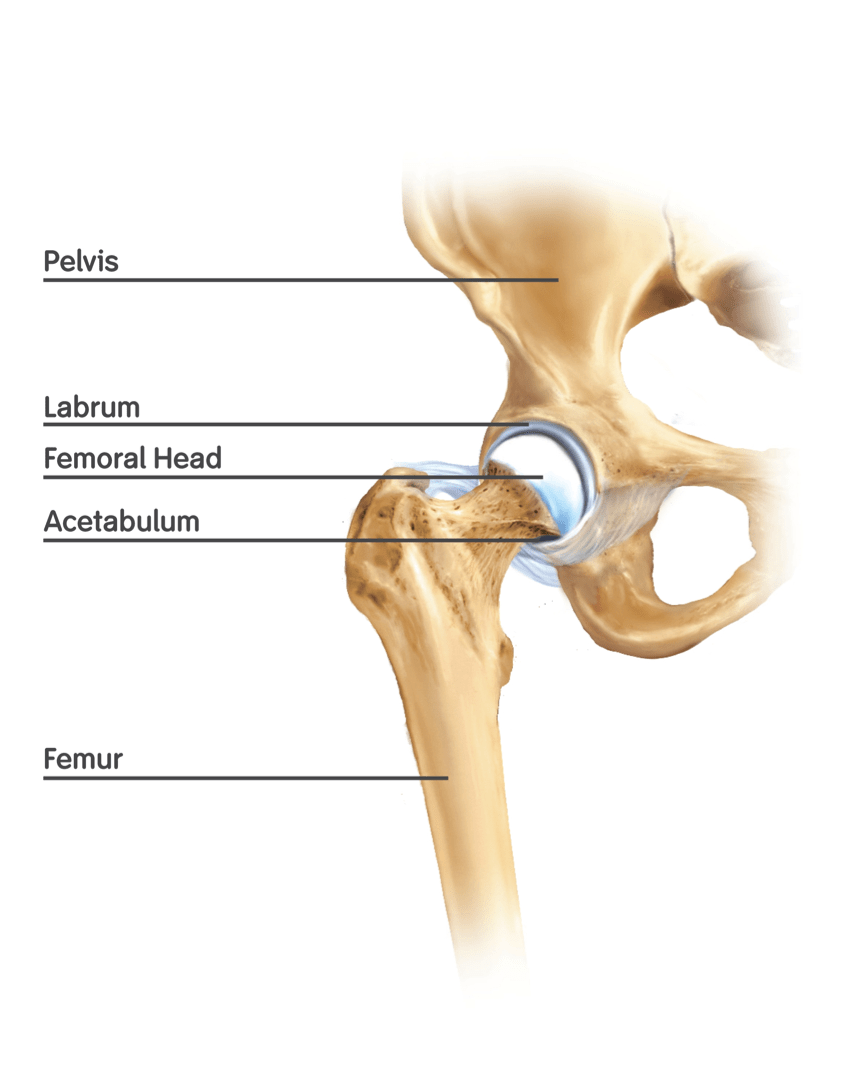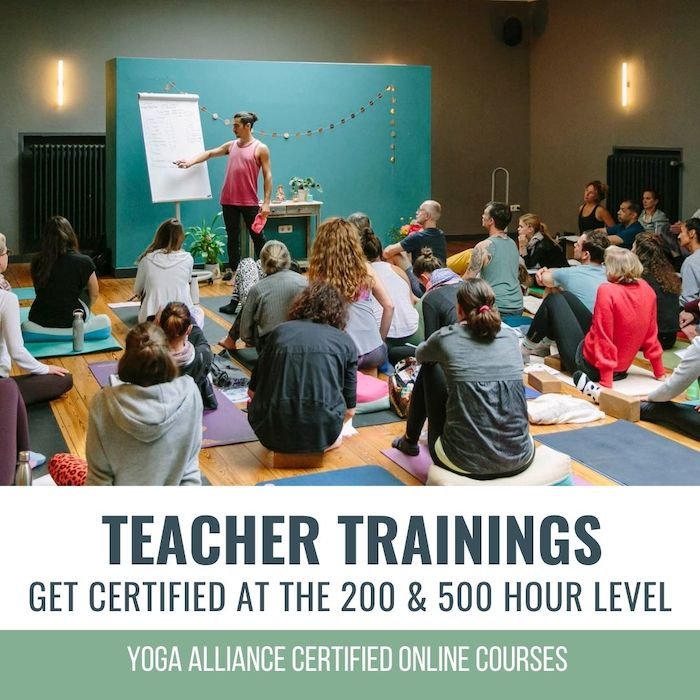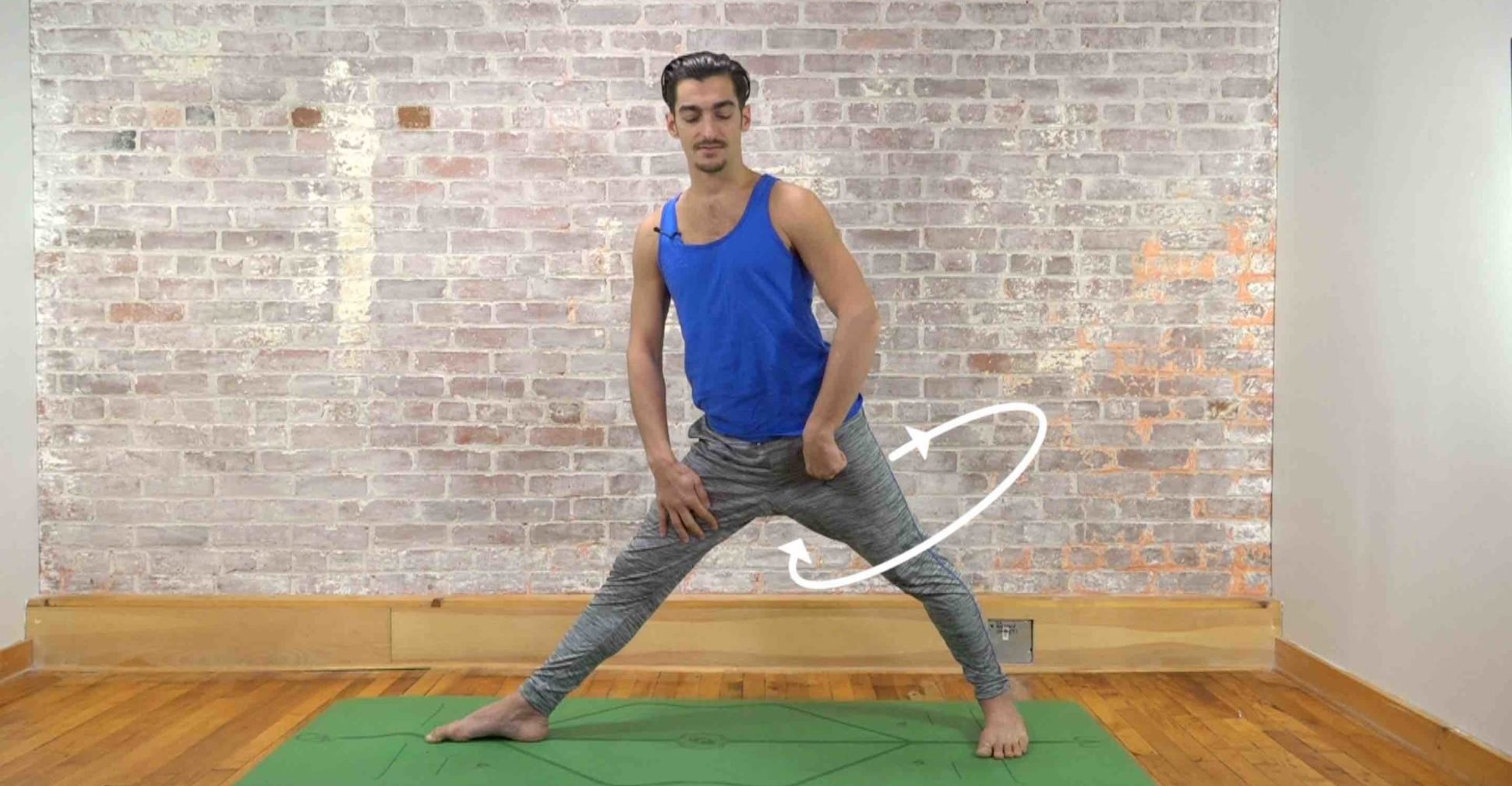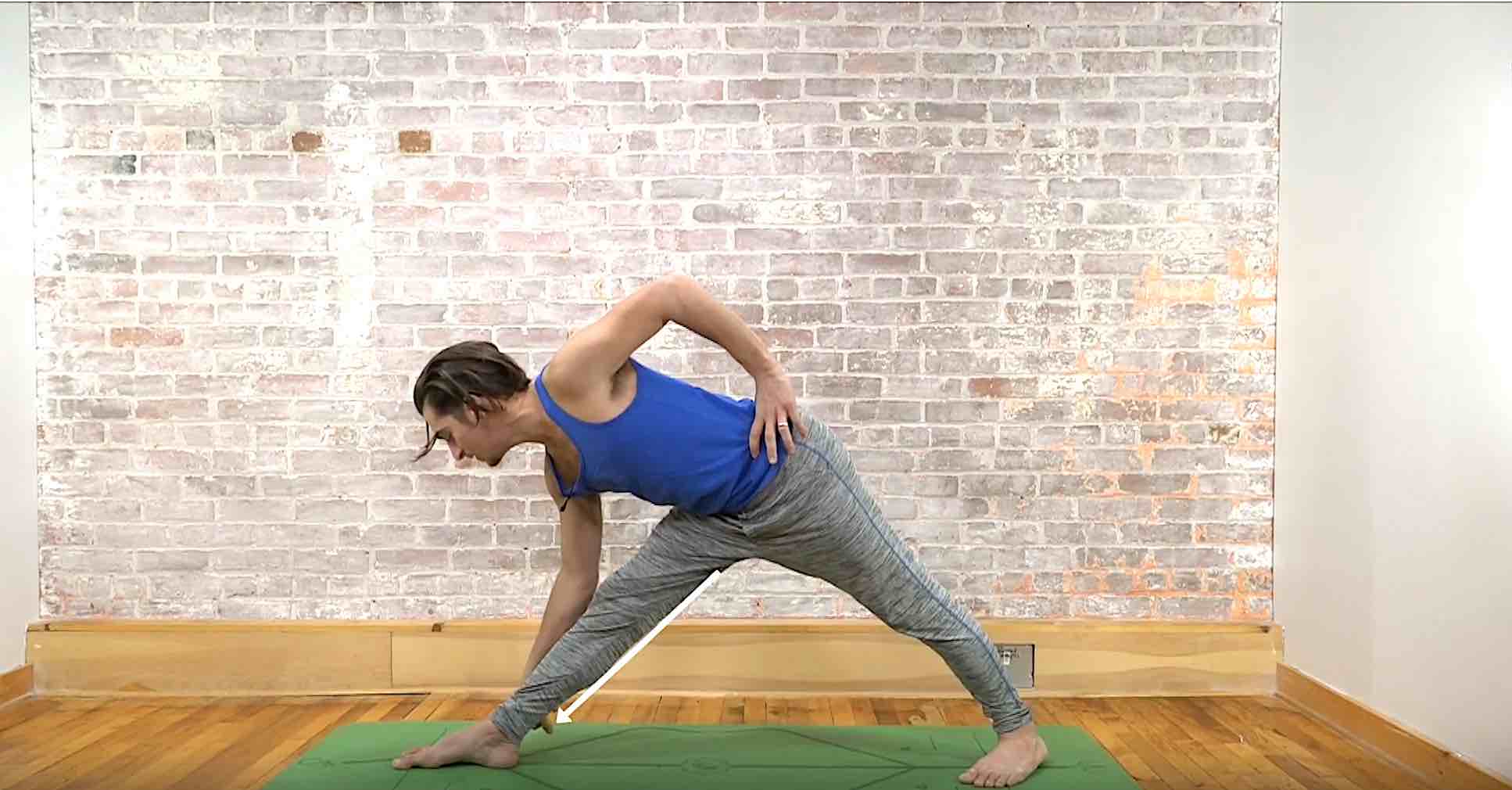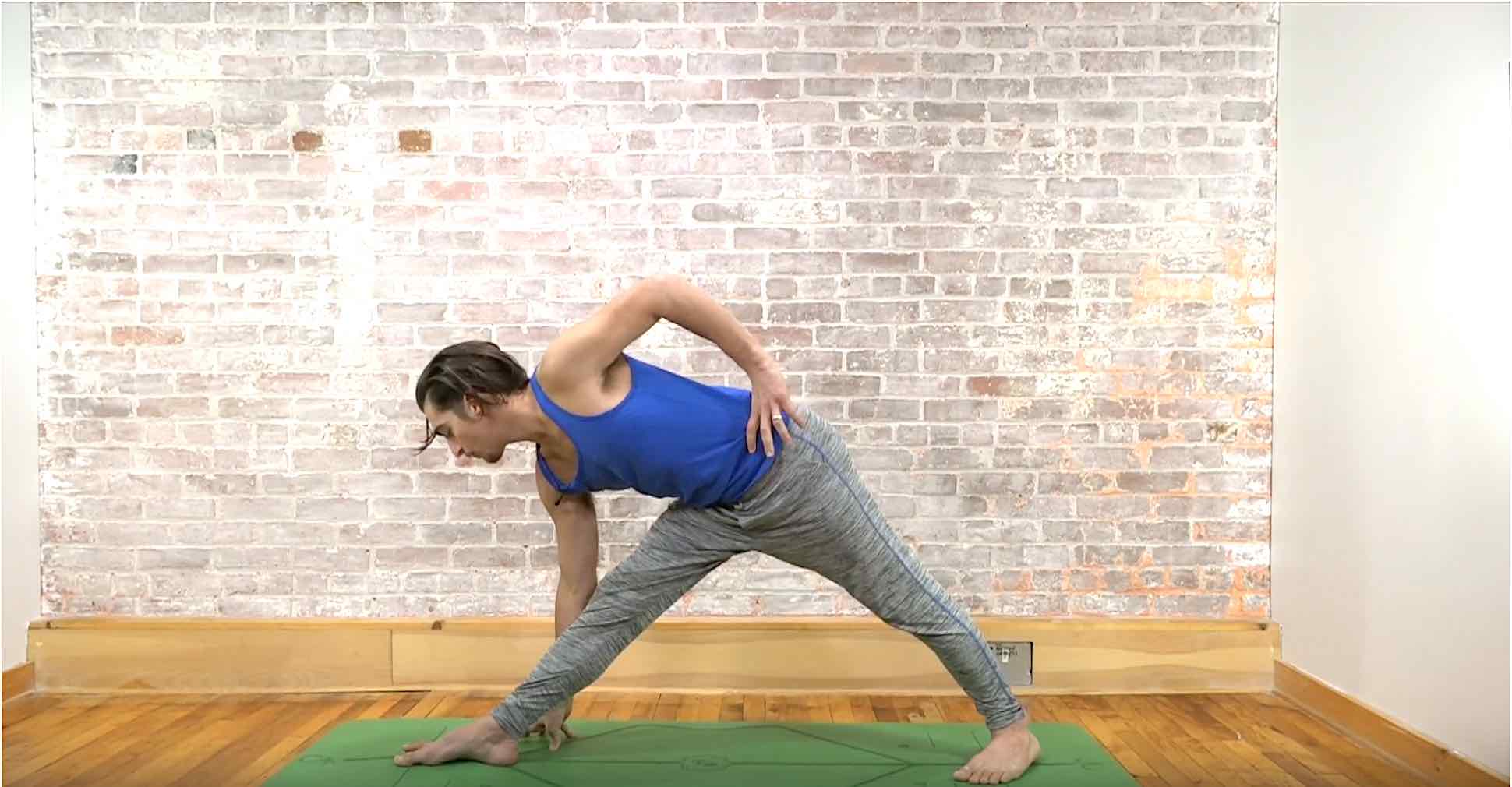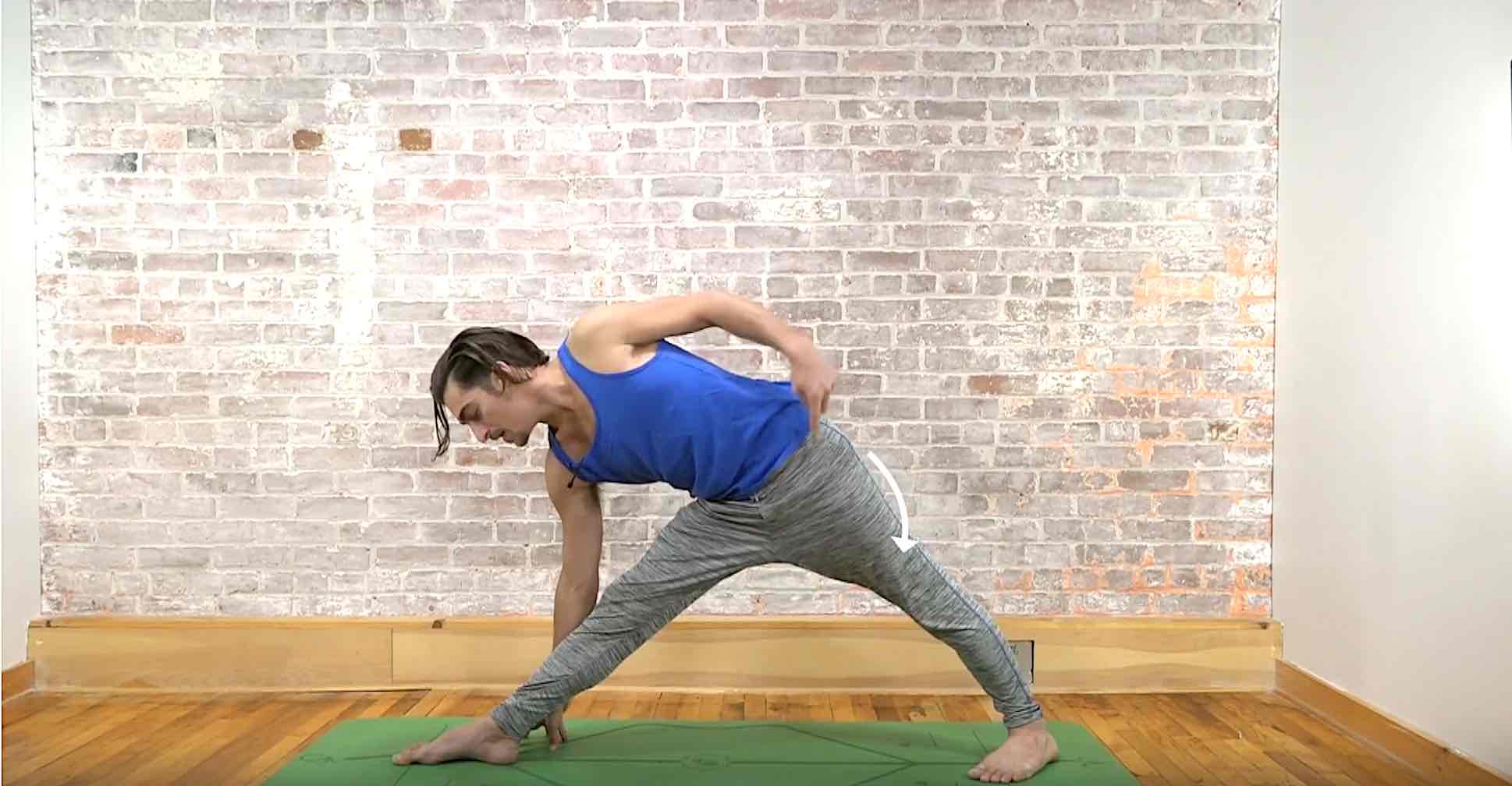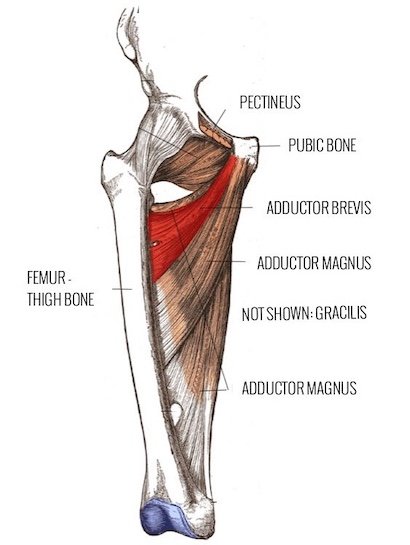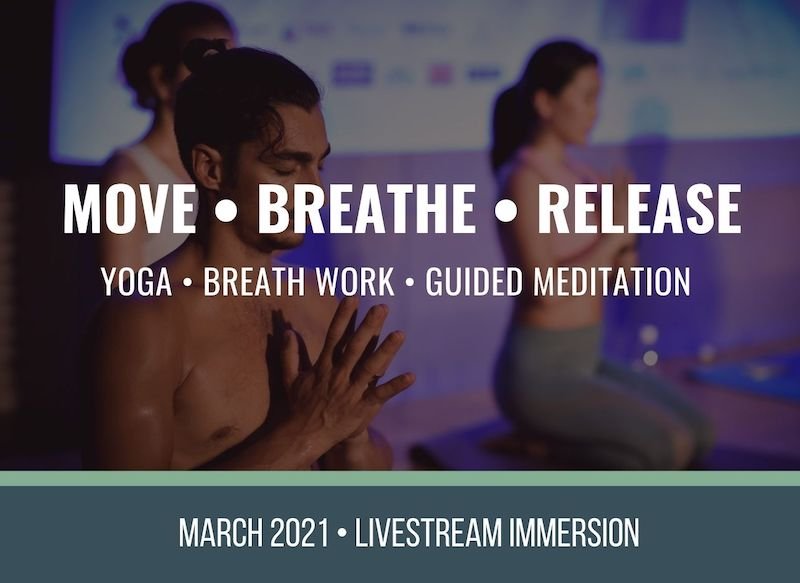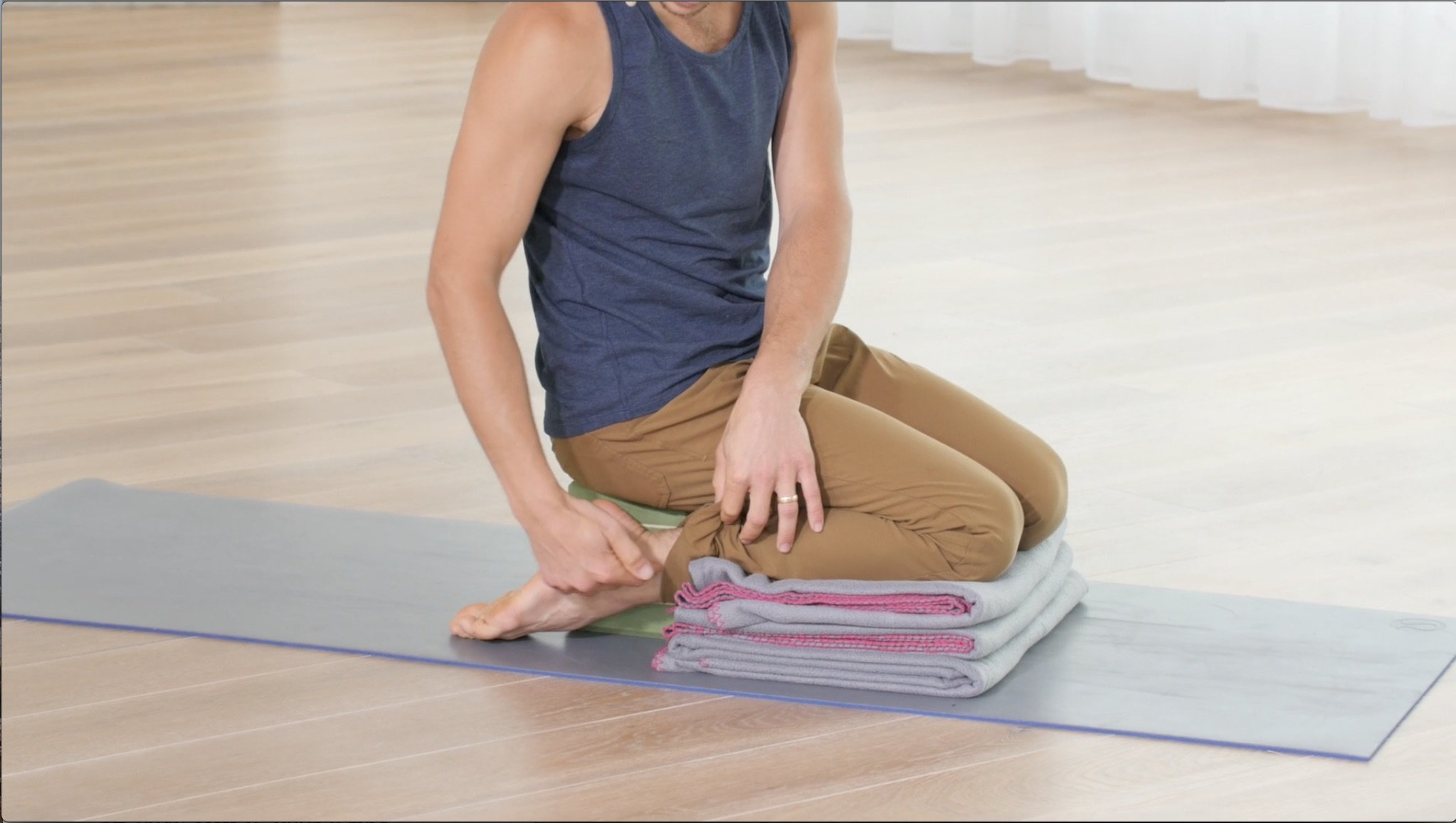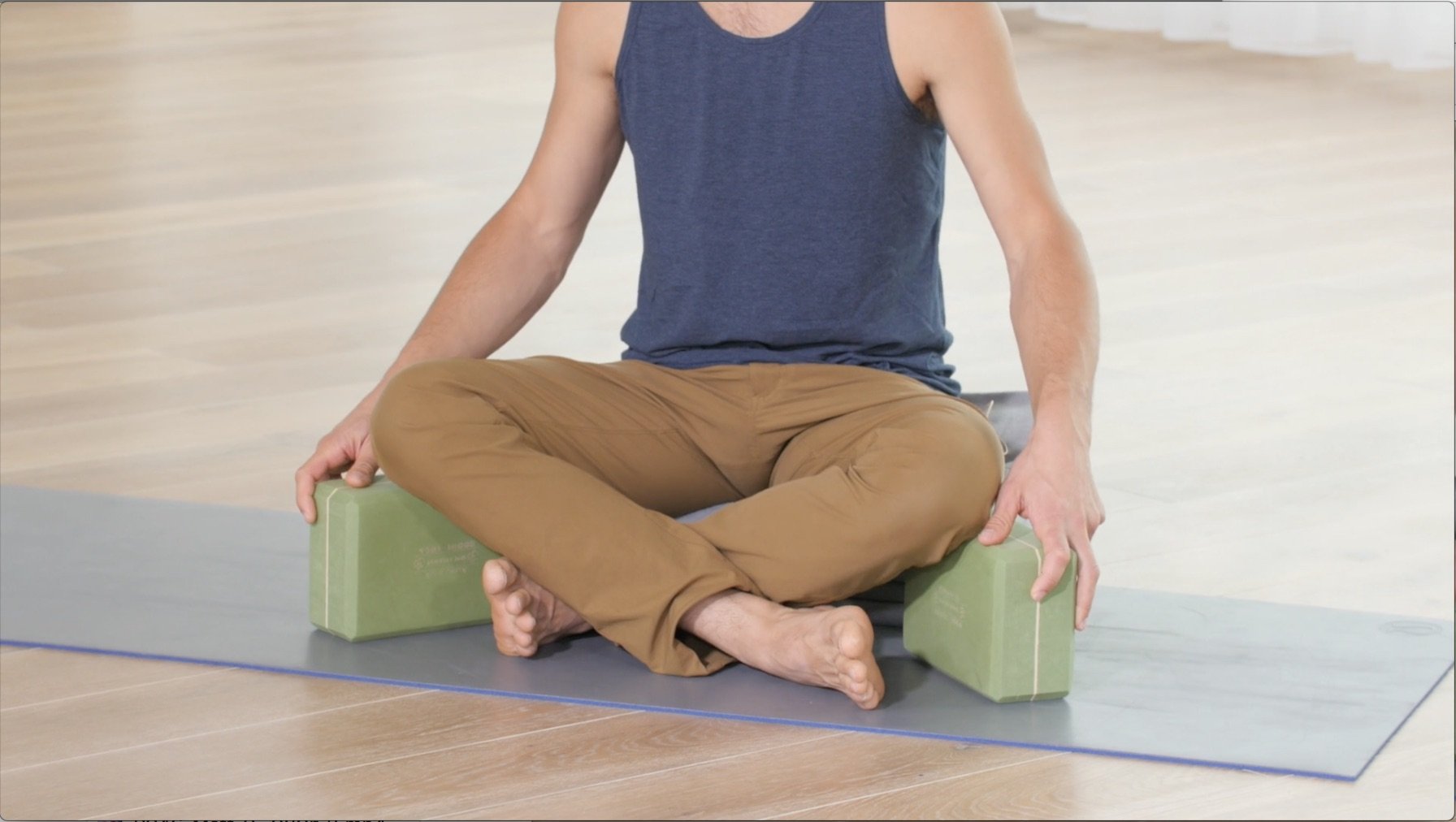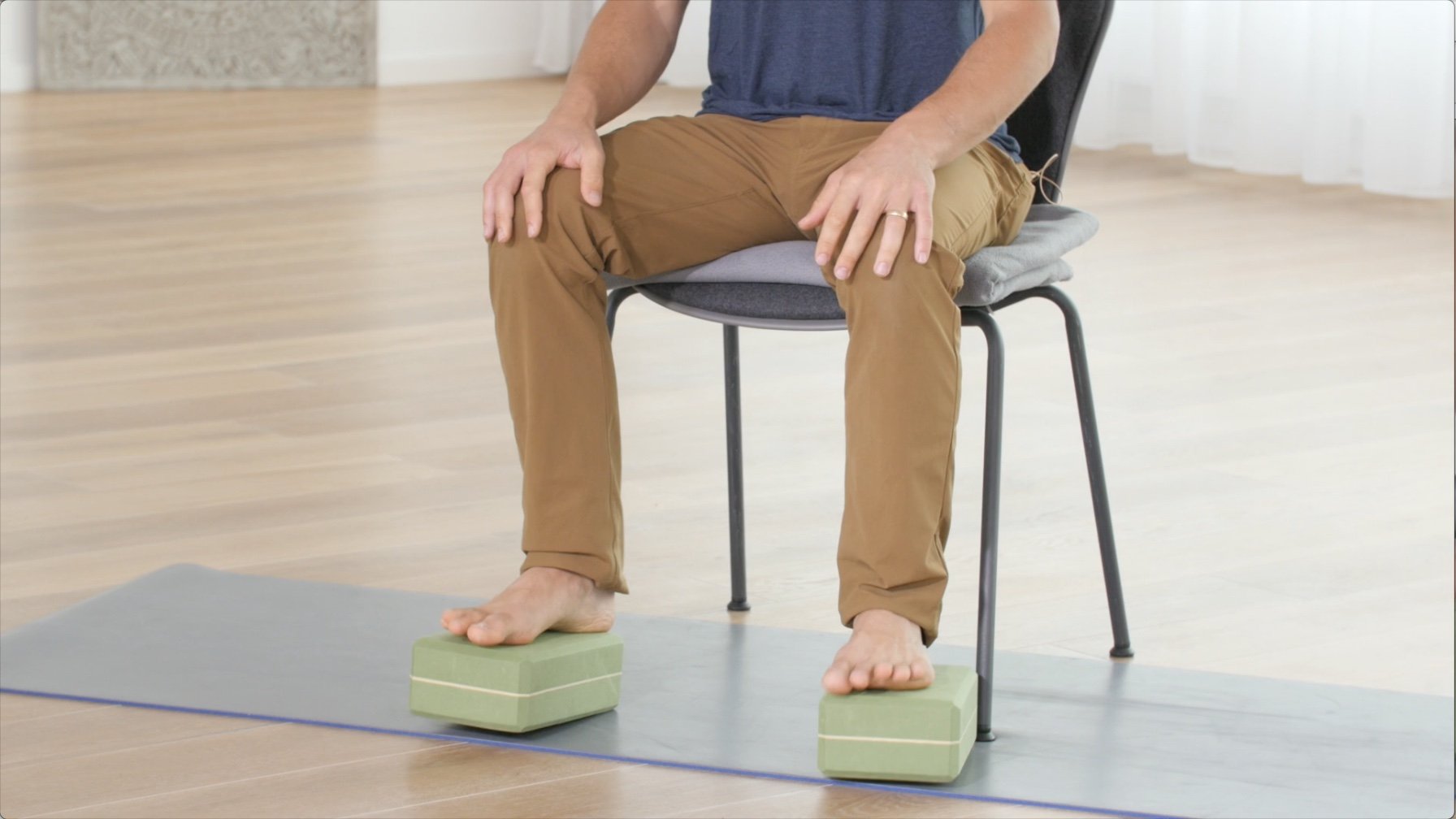Conquering Compass PoseSURYA YANTRASANACONQUERING COMPASS POSE Conquering Compass Pose isn’t about forcing your leg behind your shoulder—it’s about understanding and participating in the muscular coordination that makes the posture possible. The real power comes from...
200 hour training Questions
THE BIG DECISION
You are likely here because you have been considering taking your 200-hour training but you aren’t sure if it’s right for you, what you will learn, who you should take it with, or where you should go to take it. It is a big decision and a commitment that is worth taking the time to research, so thank you for stopping by and taking a moment to learn a little more about it. In the video below I go over the top 3 questions that I get whenever students are interested in taking a 200-hour training with me. In addition, I talk about my #1 tip to consider when searching for the right one for you.
Underneath the questions are some primary concerns that I would like to discuss here before you watch the video. This decision is likely challenging for you because it is a large investment of either your time or money or both. These are two energies in life that are precious. For some of you, money isn’t an issue and for others, you may have all the time in the world, meanwhile, some of you have no money and no time, so why spend both on a 200-hour training? This is what your mind has been saying has it not? On the other hand, something inside you is being pulled toward a training and you can’t help but look around for answers.
NO TIME, NO MONEY.
I personally remember my experience. I was a full-time touring musician in a moderately successful band on the rise. It had been 7 going on 8 years of committing to this dream of ours, and we were so close to our big break. I had informally begun teaching in my mother’s basement to my friends and their friends while we were in the studio recording our next album. During the recording was the longest stretch of being home that we had had in years of being in the band together. I rapidly fell in love with teaching and my classes went from one a week with 5 friends to 4 a week with 30 eager yogis. I was being asked to sub at local gyms and studios, as well as lead events for Lululemon. There was a part of me that felt like I was lying. I had never done a teacher training before and I wasn’t certified to teach. I worried about people finding out, and I wanted to do a teacher training. The only challenge was, after being in a band for so long, I never really had any money, and at the same time, we were about to complete our album and head out on the road for a year of nonstop touring. I never did make the decision for myself and as a result, I was constantly feeling torn between the commitment I made to myself and my bandmates several years prior and my current passion for sharing the practice of yoga. Emotionally I was now feeling stressed and isolated. I was no longer “living the dream.” I was living yesterday’s dream which was today’s nightmare of feeling trapped. Eventually, life chose for me. My singer had been asked to go on American Idol which was both an opportunity for him and potential mass exposure for us. We all agreed to cancel several months of touring for him to focus on American Idol. I was quietly jumping out of my skin for the chance to have enough time to do a training. I now had the time but still…no money. Out of happenstance and desperation on the part of the studio, I had the opportunity to sub for one of my teachers at Pure Yoga in Manhattan. Afterward, the studio received several requests to have me teach full time. They instantly hired me, however, when they asked where I took my training, I couldn’t lie. I told them I wasn’t certified to teach. They told me I would be hired as soon as I finished my training. My teachers and friends knew of my financial situation, so they pulled together and did fundraiser events for me, while I reached out to my friends and family for support. Thankfully I was able to jump into my first official teacher training, and from there I started my career in Manhattan. Choosing a training was easy for me. My teachers were all co-leading a training at Pure Yoga for the first time and they had worked hard to get me into the training. Which leads us to my number one tip for choosing a training. Watch the video to find out!
The reason I share this story is for two purposes. First, take your time making the choice but don’t wait so long that life has to do it for you. If you do this, you will feel months or years of being emotionally torn and no matter how much you justify your indecision, you will ultimately feel it. Second, you will find a way to make it work. Once you make the decision you will find a way to work out the time or the money. Be solution-oriented instead of identified with the problem. Yes, there is a problem, no time and/or no money, but instead of letting it define your actions, let it spark your creativity to find a way. Talk about it with friends, family members and teachers, take suggestions and figure out how to integrate them. You will find a way!

BEGINS OCTOBER 1ST 2020
WHAT ABOUT ONLINE YOGA TRAININGS?
Covid19 was a wake-up call for most people, and the yoga industry was no exception. Out of necessity, yoga teachers have shifted to platforms like zoom in order to continue sharing the practice. Yoga Teacher Trainings were canceled, postponed, and some took the initiative to go against the grain and go online. Many teachers disagreed with the decision of others to offer teacher trainings presenting the argument that you cannot get the same experience online as in person, the interpersonal connections that happen in person in particular. The other side of the argument is how much more effective online education is when presented properly. The real question is, can teachers create a powerful and effective experience for students to transform the way they move in their body, develop greater awareness and freedom mentally and emotionally through introspection and self-inquiry, and ultimately attain the skills to share the practice with others?
The teachers that focus on the experience they want to deliver and the intention behind that can use technology to their advantage. Everything is possible when looking at possibilities. The teachers that don’t consider the online platform and its capabilities will likely fall short. Of course, there are the rare marketing-driven companies that simply hold the intention to make a profit off of a need. There is nothing wrong with this if they are also offering a high-quality experience delivered from a seasoned or teaching team that has mindfully put together a curriculum that is effective online. Just like with in-person trainings, both exist.
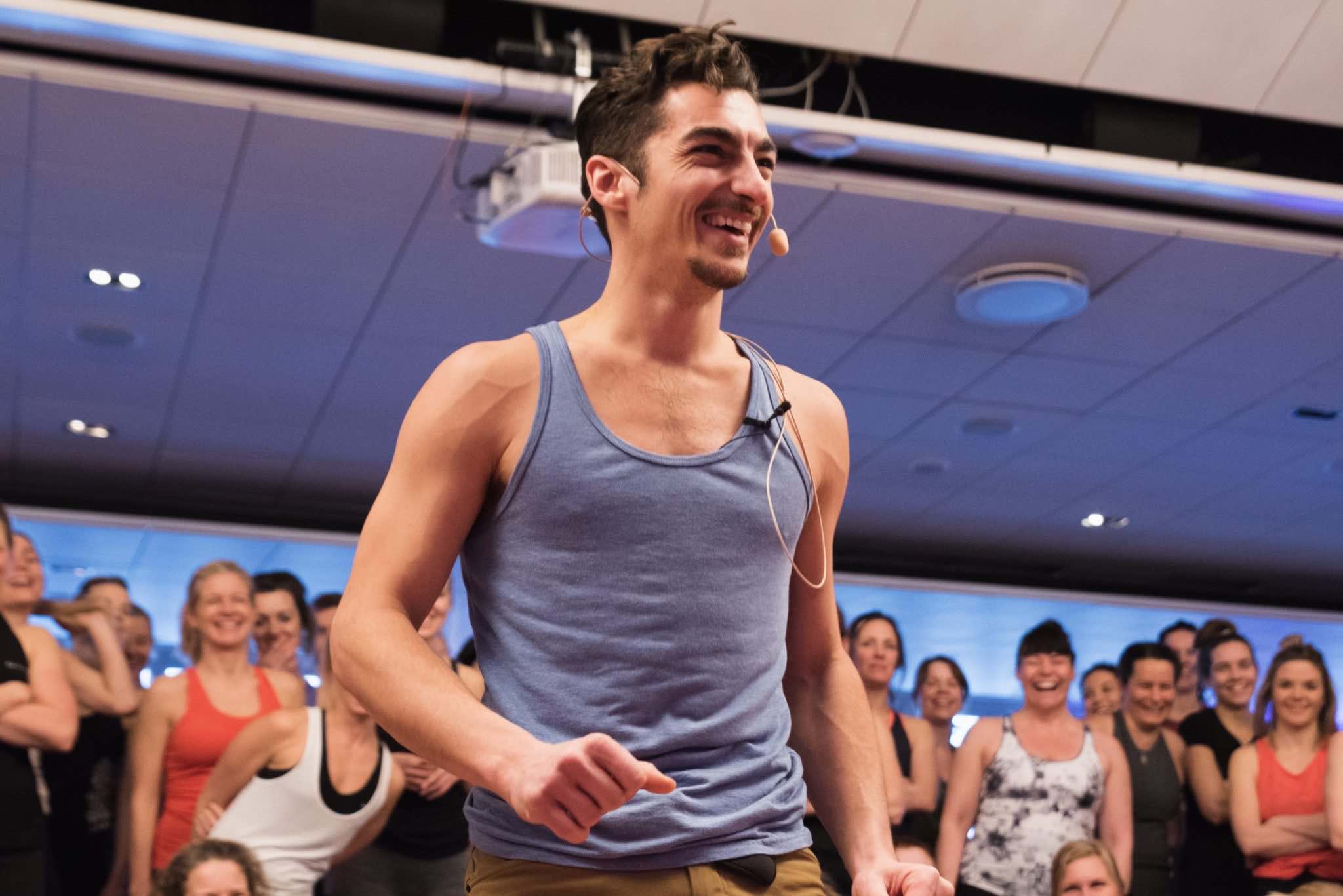
How To Choose an Online Training
When choosing an online training that is right for you, I suggest speaking with the lead teacher directly and getting your questions answered. Ask yourself what your main objectives are for doing a teacher training. What are your main concerns? What is important to you when it comes to learning from a yoga teacher? Do you want to be a teacher or just advance your practice? What are you most scared of? What excites you the most about doing a teacher training? Get clear so you can see which training resonates with you the most.
Is it Possible to Have Interpersonal Connection Online?
The major challenge with creating REAL CONNECTIONS online in teacher trainings is getting students to get comfortable being themselves on camera. The training here on theyogimatt.com focuses on this throughout both the 200 hr and 300 hour online in a few particular ways. First, we set the intention – put it out on the table that almost everyone feels uncomfortable on camera, especially talking to the camera. We break the ice and learn the basics of filming ourselves. We have one on one, small group, large group, and Facebook group conversations over video. The multiple methods provide a safe space to get comfortable sharing truthfully and honestly. Everyone is encouraged to simply show up imperfectly and courageously. When it comes to submitting teaching videos, students have the opportunity to film and re-film multiple times prior to submission which serves as a great training ground for practice. We share sequences, reflections on philosophy, meditation, anatomy, and life. In short, we hold the intention to connect with one another! If connection is important to you then be sure to find a training that holds that intention.
“I am not advanced in my yoga practice. Is this right for me?”
TOP 3 QUESTIONS
Out of the challenges of time or money many questions will arise as to whether or not the 200-hour training is right for you. Before we get to them, consider what your life is like with the practice of yoga in it. What would it be like without it? After a 200 hour training, you will have a similar feeling about the experience when thinking about your life before the training and after. You will more than likely feel so grateful that you took the dive into your practice and found a way to make it happen. Let’s go over the top 3 questions.
1. I am not an advanced practitioner, will I be able to keep up?
I say absolutely. In my 200 hour training, you learn how to teach the practices/skills/postures that you are most proficient at. Rather than trying to teach something that you have not yet developed in your practice, you will learn how to share your strengths with your students. At the same time, you will be taking steps to advance your personal practice appropriately. This means you will begin your advancement based on where your practice is when you step into the training. You will not be expected to live up to anyone else’s potential but your own. You will not be held to anyone else’s standard for practice but yours. So long as you have a curiosity and desire to deepen your practice, then you are right on track with where you need to be for this training. If attending a training elsewhere, be sure to direct this question to the lead teacher. Also, be sure to familiarize yourself with the lead teacher’s style either in person or online before diving into training with them.
2: I want to deepen my practice but don't want to teach is that ok?
I would guess that only about 10% of people that take 200 hour trainings go on to actually teach yoga full time, and maybe about 50% share the practice in some way as a way of offering to their community, friends or family. The majority of people take 200 hour trainings in order to deepen their study of themselves as it is the best way to fully immerse yourself into the yoga practice without having to leave society and find your yoga master in a cave in the middle of nowhere. This doesn’t mean you won’t teach or that you won’t be prepared to teach, however, it’s best to let this question be answered by the end of your training instead of worrying about it upfront. Do the 200-hour training if you want to go deeper into yourself and your yoga practice. Do it to become more aware of your physical body, emotions, and mind. Do the training to learn the skills of sharing your passion with others to support them in feeling good in their body and mind, but release yourself from any pressure that says you have to do or be anything or anyone that you don’t want to.
3. will i be qualified and certified to teach yoga classes from this training?
Most 200-hour yoga trainings out there are recognized by Yoga Alliance, which means you will be registered with YA. What does this mean? In reality, it means nothing in terms of the quality of the trainings it simply means that the lead teacher or studio pays Yoga Alliance. For you, however, it may be important as you are establishing yourself to be with Yoga Alliance. Some gyms and studios require it. All of my trainings are recognized, and therefore you will be able to register with them as well. If you are to spend the money on certification, you might as well have it be a Yoga Alliance recognized training so you can take your certification anywhere. Qualified is different than certified. Qualified means you are ready to teach and share the practice of yoga with others. This is my highest aim – I want every trainee to feel confident in their ability to share this practice by the end of the training. Regardless of if you decide to teach or not, you will feel comfortable by the end of this training to pass along the beauty of this practice with others around you!
200 HOUR ONLINE
TEACHER TRAINING COURSE
200 hour
IS IT OK TO DO TRAINING ONLINE?
There are a few factors that come into play with this question. First the teacher and the curriculum they have created. If the teacher knows how to leverage the online platform to the advantage of the students with video editing, course structure, quiz, video submissions, Facebook groups, video messaging, and so on then it’s likely that they can deliver a powerful course that does what in-person trainings could never do. If the teacher is new to the online platform, does not leverage course software, and does not know how to transmit their curriculum and take full advantage of what the internet has to offer then it’s not likely to be a great experience.
Speaking for the 200 Hour Training Online here on theyogimatt.com we have put together a training that takes the 10-year time-tested curriculum and made it even better. The best part is you can watch and rewatch videos, and repeat quiz questions until you have mastered the content provided. In these trainings, you are assigned a mentor and a small group to interact and connect with. We use Facebook groups for questions and answers, sharing of sequences, anatomy discoveries, heartfelt reflections, and so much more. We leverage visuals in order to teach complex subjects such as anatomy; you will get on-screen images of the muscles while you move in your physical body.
In short, the online platform offers an immense opportunity that you could never get in person.
MY #1 TIP
When searching for a 200 Hour training, I highly recommend getting to know the teacher first. Reading their blogs, practicing with them online or in-person if possible is incredibly helpful so you can know if you align with them or not. Find someone who inspires you and gets you excited to step into your potential! Try not to be distracted by exotic locations, or levels of fame, or quality of photos, etc. All of these aspects can be bonuses, of course, however, it is more important that you resonate with the teacher and what they have to offer. Your time is the most valuable thing you have, spend it with the people that help you rise up to who you want to be.
If you are looking to practice with me online, there is a free practice available to newsletter subscribers – scroll to the bottom of this page to receive it. That practice was recorded on my phone, so if you want a more professional practice with great sound and various camera angles, or if you want another powerful practice, I recommend trying out Dance with the Flames which uses the theme of stepping into the fire of transformation in order live the life you deserve. I sincerely hope you make use of the transformation equation and that it serves you for the many years to come! Please share your comments, questions, and experiences. I look forward to hearing from you.
upcoming 200 hour trainings
Are you ready to deepen your practice, build your confidence, and share the practice that you love? The 200 Hour Online training is an in-depth, highly educational experience that brings you through a step-by-step process of developing your yoga practice while providing you with teaching techniques that will not only certify you to teach but qualify on a professional level. This training will prepare you to walk into any room and teach with confidence and poise. You will also gain the tools of how to teach online yoga as well!
ONLINE LIVE CLASS IMMERSIONS
Expand your practice on and off the mat with Matt Giordano. With 3 Yoga Classes a week, you will learn the most effective techniques to develop strength, flexibility, balance, and body awareness. With unlimited lifetime access, you will have the choice to practice live or anytime at your convenience!
Continue Learning
Conquering Compass Pose
Leg Over Head Pose
Leg Over Head PoseEKA PADA SIRSASANALEG OVER HEAD POSE Leg Over Head Pose is one of those postures that challenges not only our bodies but also our mindset. When faced with a seemingly impossible pose, we tend to respond in one of three ways: dismissing it as...
Spanda In Backbends
Spanda In BackbendsSIDE PLANKSPANDA IN BACKBENDS Spanda in backbends is the key to creating both stability and freedom in spinal extension. Backbends are not just about bending; they require a balance between expansion and controlled engagement to prevent excessive...
Bound Half Moon
Bound Half MoonBADDHA ARDHA CHANDRASANABOUND HALF MOON The elements involved in Bound Half Moon are many. There’s a lot at work and more than meets the eye. Our ears, eyes, muscles, and proprioception help us to balance. When it comes to which element carries more...
Sciatic Nerve Pain
Sciatic Nerve Painhip strengthSCIATIC NERVE PAIN The sciatic nerve runs from the lower back through the glutes and down the leg, making it one of the longest nerves in the body. Because of its length, it can easily become irritated or pinched, leading to pain anywhere...
The SI Joint
The SI JointalignmentTHE SI JOINT What is the SI Joint? To understand what it is, we must discuss all that surrounds it. First, the Sacrum is a triangular-like shaped bone that sits between the two sides of the pelvis (the left Ilium and right Ilium). Now each Ilium...
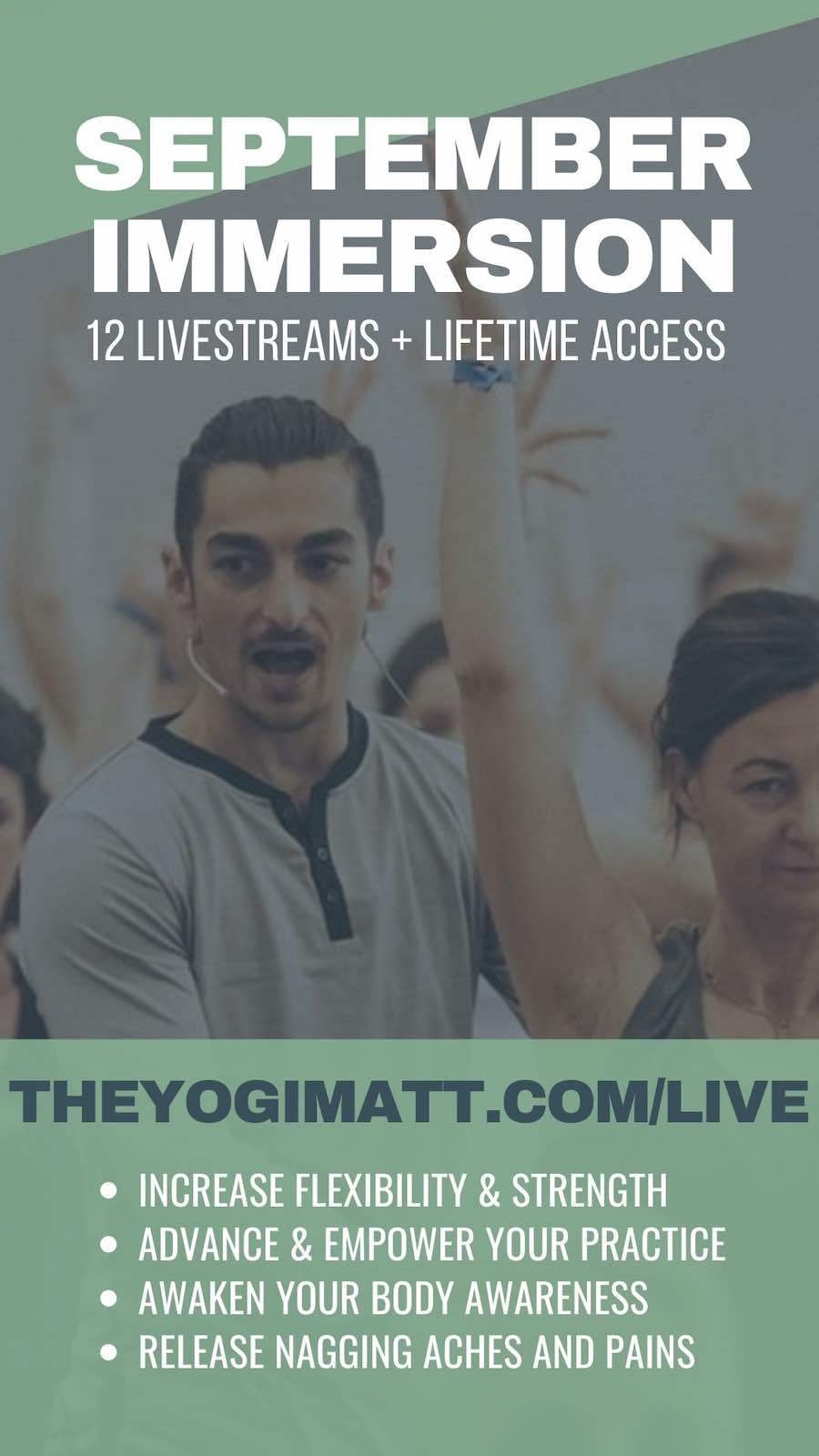
SEPTEMBER LIVE IMMERSION
GET LIFETIME ACCESS TO ALL CLASSES!- Increase your Strength and Flexibility
- Develop Masterful body awareness
- Expand your practice
- 12 All Levels Livestreams (LIFETIME ACCESS)
- Lifetime Unlimited Access to All
- SALE: 1 Time Payment of $298 TODAY: $98
- 3 Live Yoga Classes Per Week
- Freedom of Flexibility: Watch on your time or live
- Weekly Schedule: Tuesday, Thursday and Saturday ‘s at 12p EST
- Exclusive Community building facebook group – your questions get answered!
- Release nagging aches and pains
- Reduce stress levels
- Mindfully advance your practice with masterful techniques
- FIRST 50 REGISTERED Save $200
THE LIVE IMMERSION EXPERIENCE
Are you interested in developing your practice and taking it to the next level? Do you want to learn the techniques that maximize your potential in advancing your practice while minimizing the risk of injury? This immersion is for you. Take a deep dive into the heart of yoga in both body and mind. With 12 Live Yoga Practices, 4 Live Meditations, 2 Live group Zoom Calls, and a Facebook group to get all your questions answered, this immersion is sure to meet your expectations and go well beyond. Can’t practice at the live times? NO Problem, you get lifetime, anytime, anywhere access. After the class goes live, you will be able to tune in and watch as much as you would like!
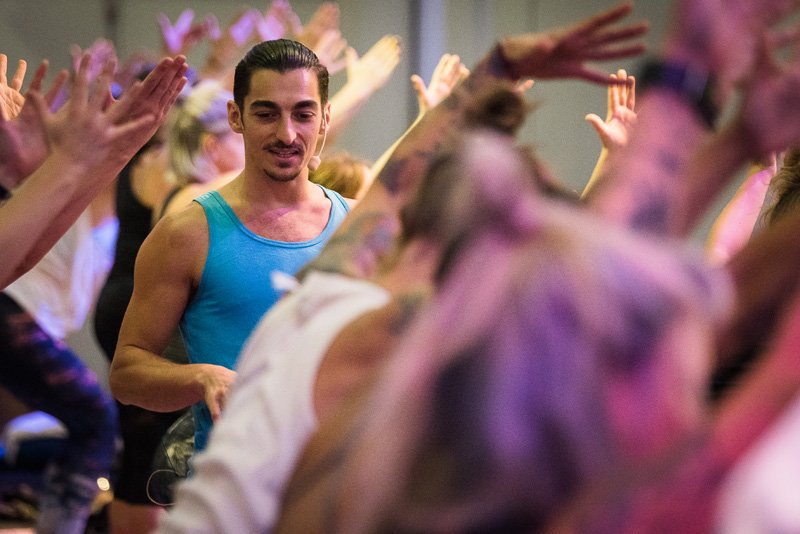
FAQ’S
HOW DOES IT WORK?
When you sign up for the immersion, you will gain access to an exclusive members area of theyogimatt.com. When you are logged in, you will have access and be able to watch the live stream that day, and any previously aired live streams from that month.
ARE THERE RECURRING PAYMENTS?
NO. You are paying for access to one month of classes. After that, you will be provided a discounted rate should you want to continue practicing regularly. You will NOT be automatically billed. THIS IS A ONE TIME PAYMENT that gives you access to the classes in the respective month that you purchase.
WHAT IF I CAN'T MAKE THE LIVE TIME?
NO PROBLEM AT ALL! The Immersion consists of yogis worldwide in various time zones. This is why you have LIFETIME and UNLIMITED access. You can practice when it is convenient for you. You will receive emails throughout the week to keep you on track and keep you inspired to practice. There is a Facebook group where you will hear from other members, be able to ask questions, and stay connected. Both the emails from me and the group will keep you committed to your practice, even if you cannot practice live.
IS THIS TOO ADVANCED FOR ME?
Matt specializes in teaching ALL Levels yoga practices, providing modifications, and options throughout each class. These immersions are suitable for anyone with as little as 1-3 months of yoga practice or more. You do not need to have a regular practice, nor do you need to be flexible or strong. First-time yogis are welcomed so long as you have no major injuries.
WHAT STUDENTS SAY ABOUT THE LIVE IMMERISONS
Matt‘s classes are phenomenal. If you ever have the ability to practice with him, make use of it!! He has a very unique talent of combining anatomy, yoga philosophy, and his own perspective into a super intense package of knowledge that is fun AND easy to understand. I enjoyed the April immersion a lot as it was a great way of deepening my own practice and broadening my horizon, especially as the lifetime access allows you to take classes as often as you want- trust me, you will want to take them again! I can’t wait for next month’s classes and highly recommend everyone to take the May pass and joining in on the journey.
Covid19 bought Matt into my home and my yoga practice. This last month I have learned so much. It has deepened my practice and my understanding of anatomy & biomechanics and how we use both in every asana we practice. He has also helped in my teaching, for example, asking my students to think about the foot as a tripod “big toe, pinkie toe, heel ” I never imagined I would learn so much from the immersion.
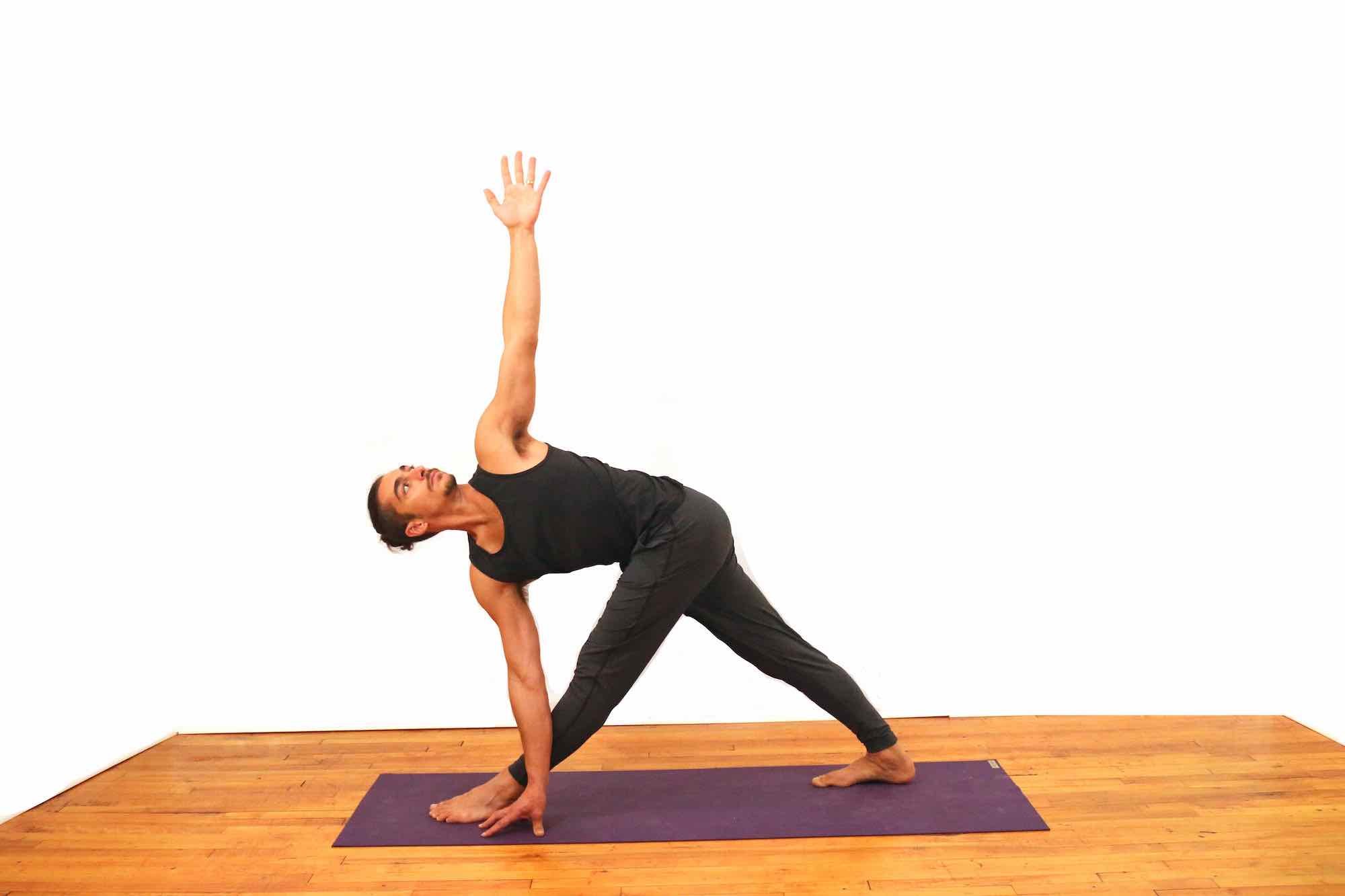
IMMERSION BEGINS IN
Day(s)
:
Hour(s)
:
Minute(s)
:
Second(s)
REGISTER NOW AND SAVE!
Reserve your spot, Be one of the first 50 students to sign up and you will save $200!
Are you ready to reconnect to your body, expand your practice, and feel better on a daily basis?
TOP RECOMMENDATIONS
Handstand Training
Learn the techniques that make Handstand fun, easy and accessible! This 2 part course consists of the top most effective exercises will increase your strength and technique so you can easefully balance a handstand.
SHOULDER REVELATION
In this 12 class immersion you will practice specific techniques to strengthen and unlock your shoulders. Each class focuses on a specific joint articulation and muscle group so you gain mastery in the shoulders.
HEART OPENERS
Finally, a 12 class immersion designed specifically to help you discover the freedom of heart openers. Learn how to avoid uncomfortable compression, and awaken your true range of motion in a step by step manner.
THE FREE TECHNIQUE PACK
When You Subscribe, You Will Get Instant Access to
- the Technique Pack: 15 yoga pose breakdowns
- exclusive online course discounts
- exclusive blogs and videos

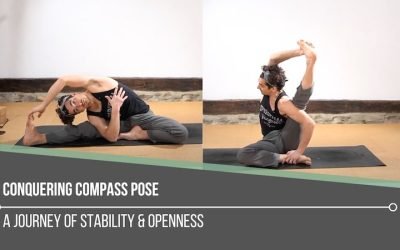
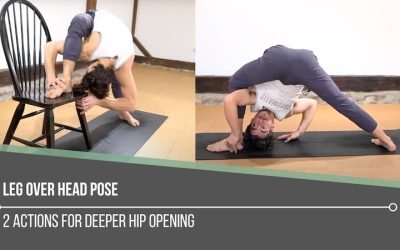
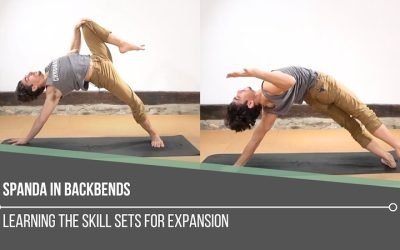
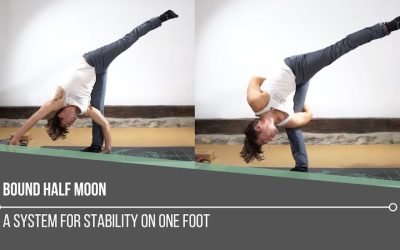
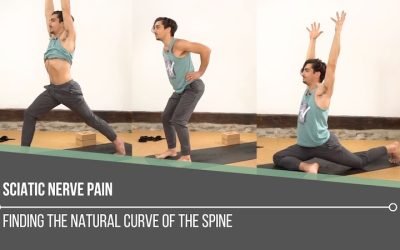
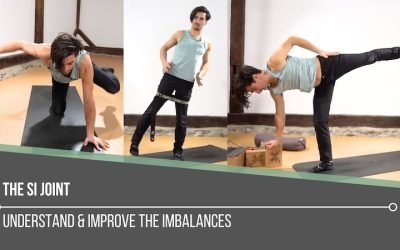
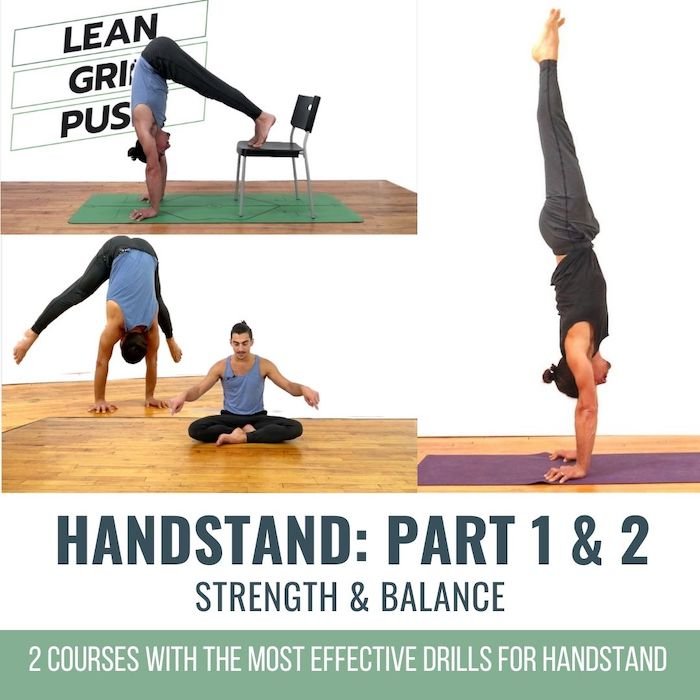
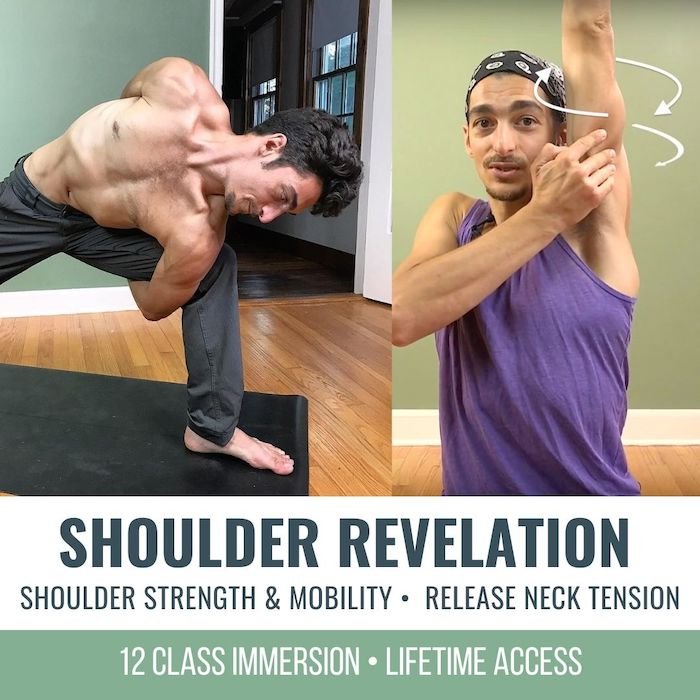

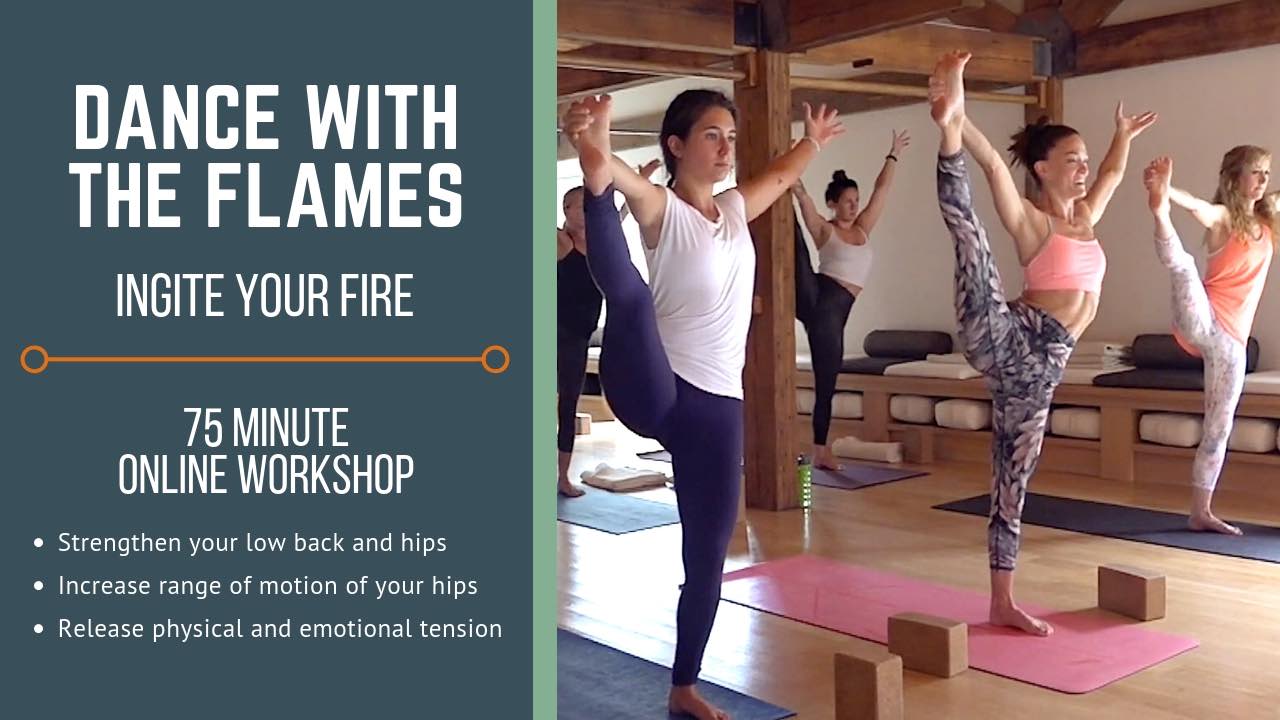
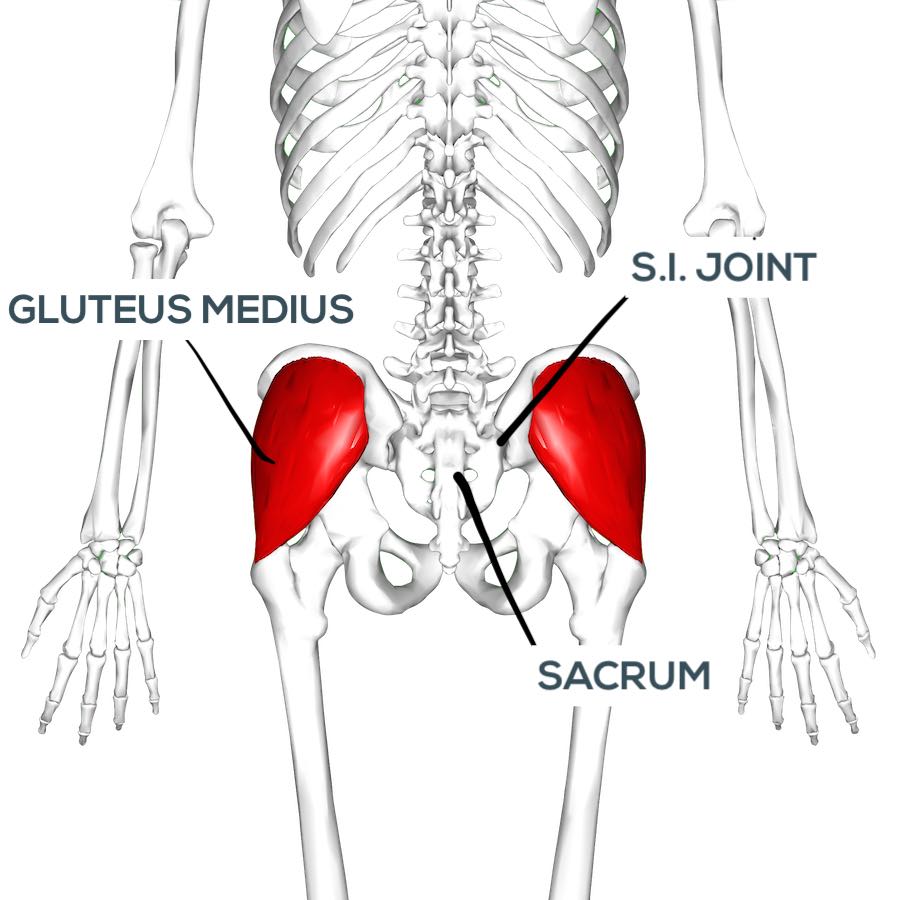
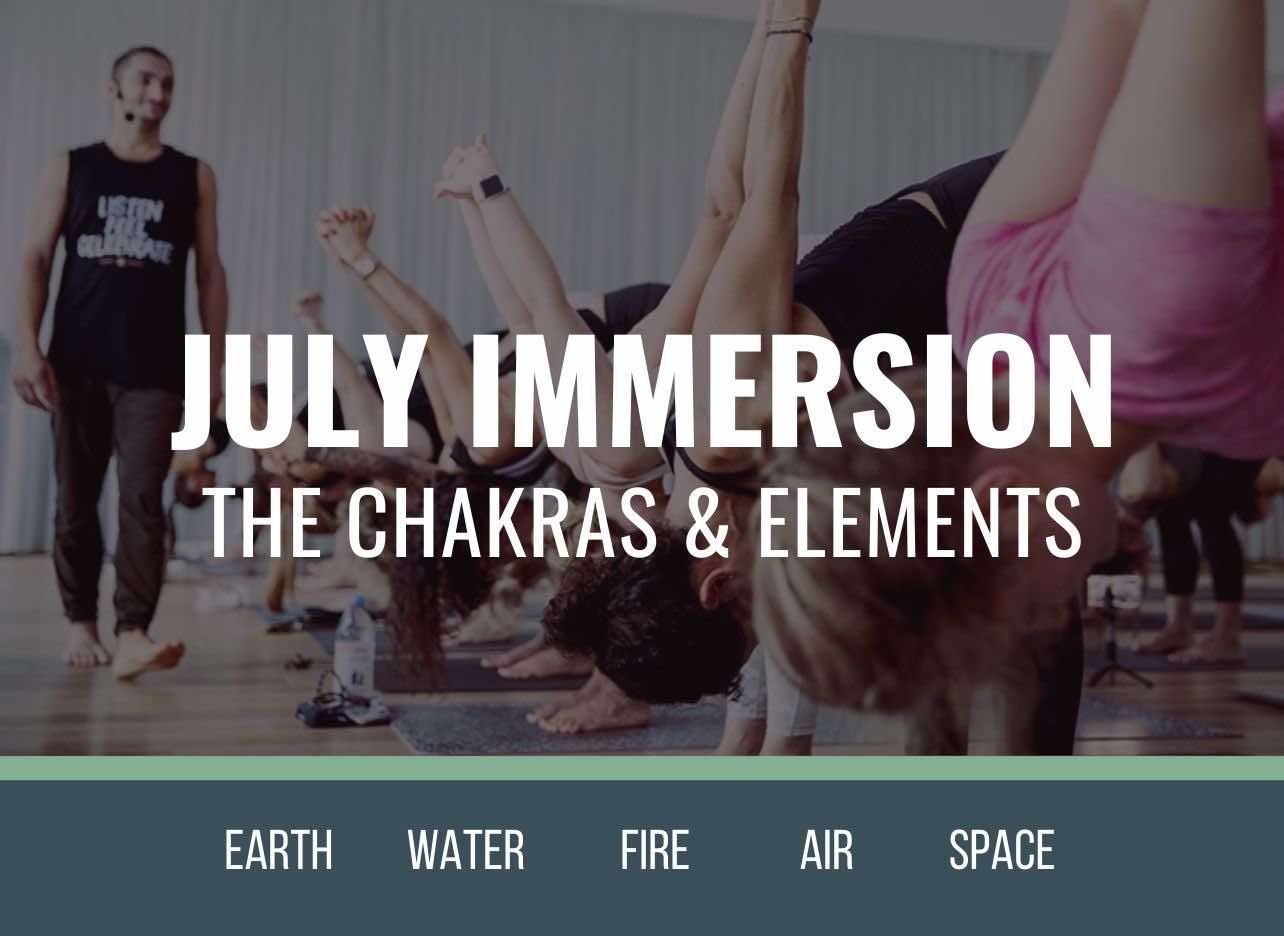
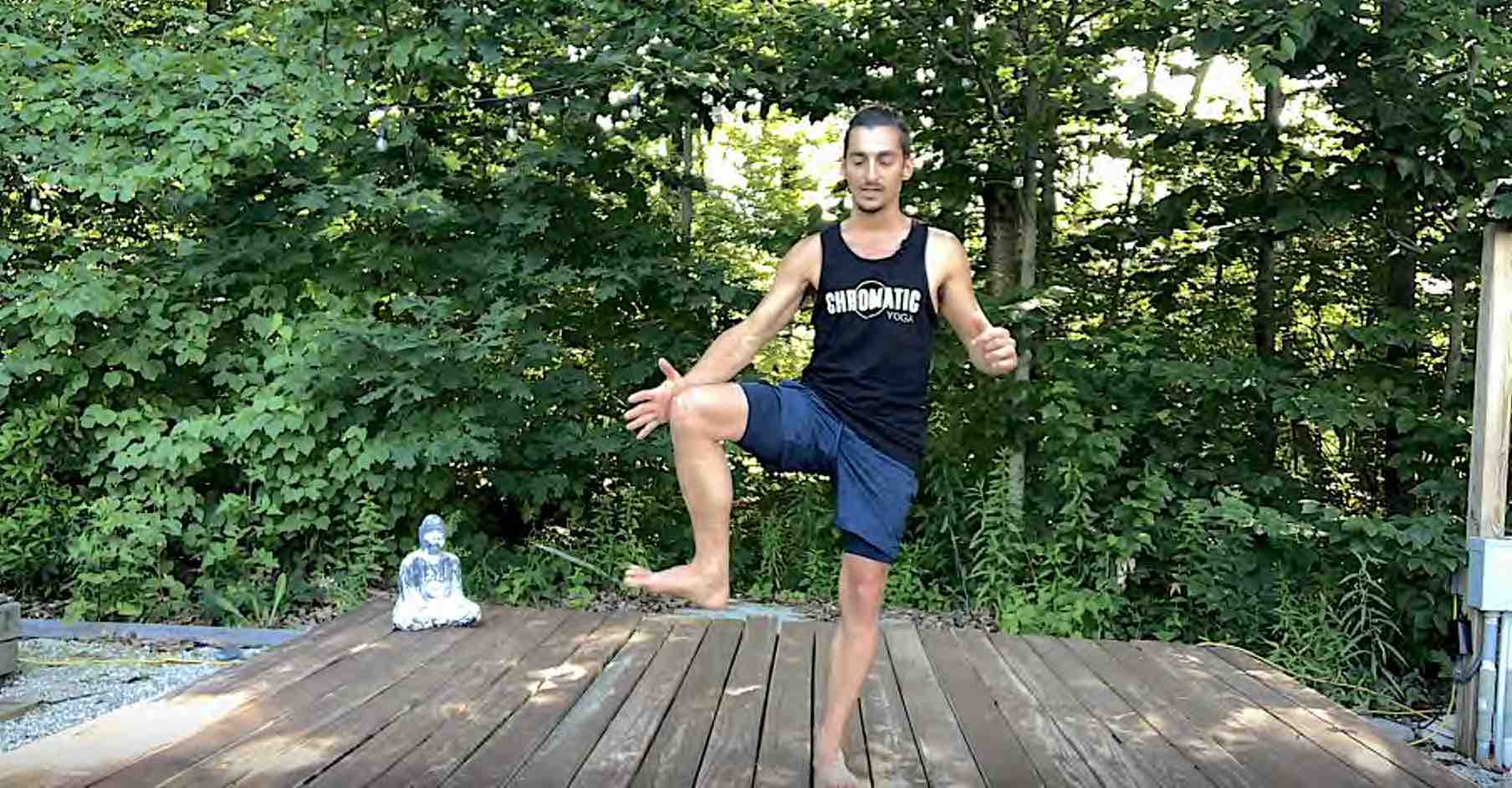
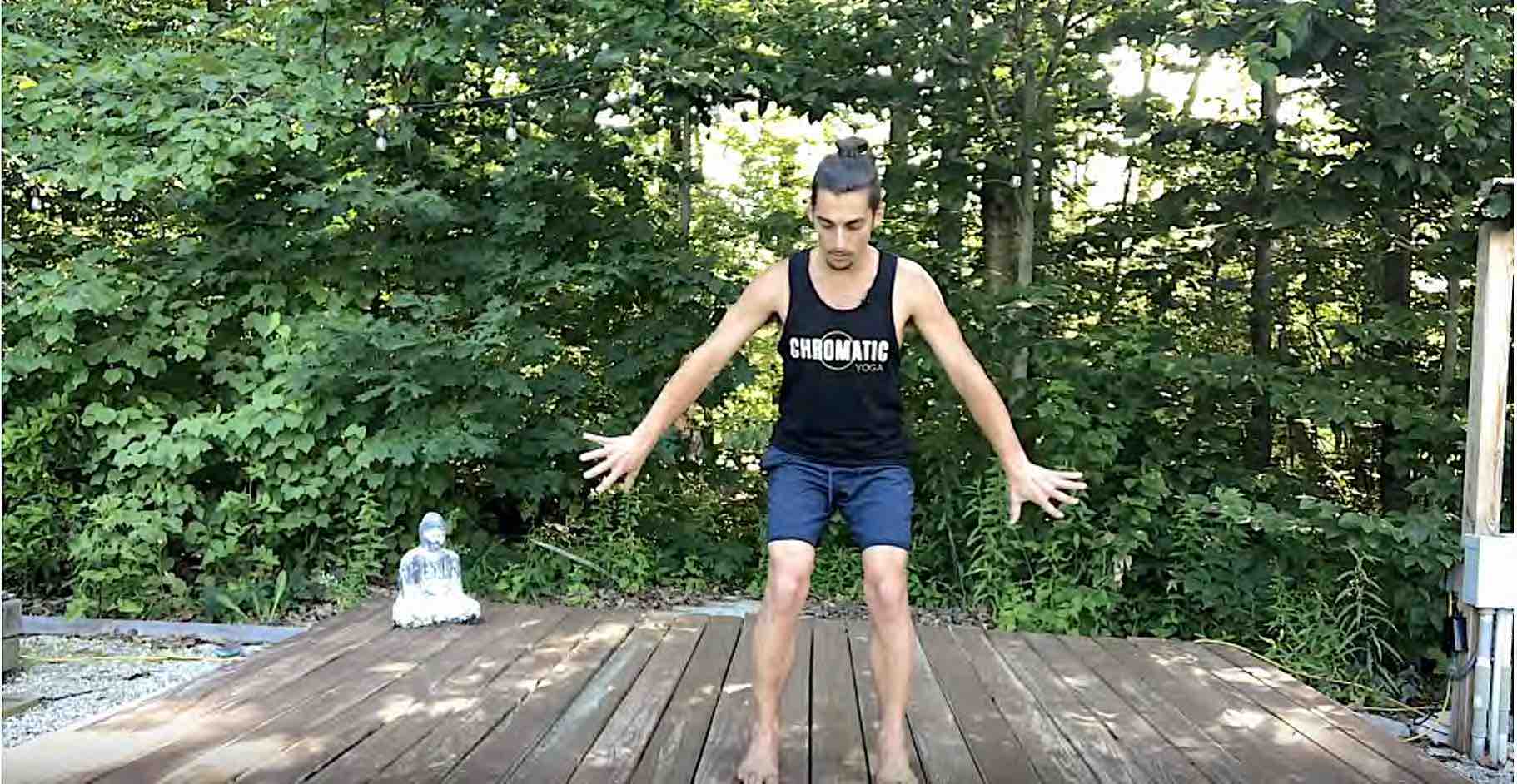
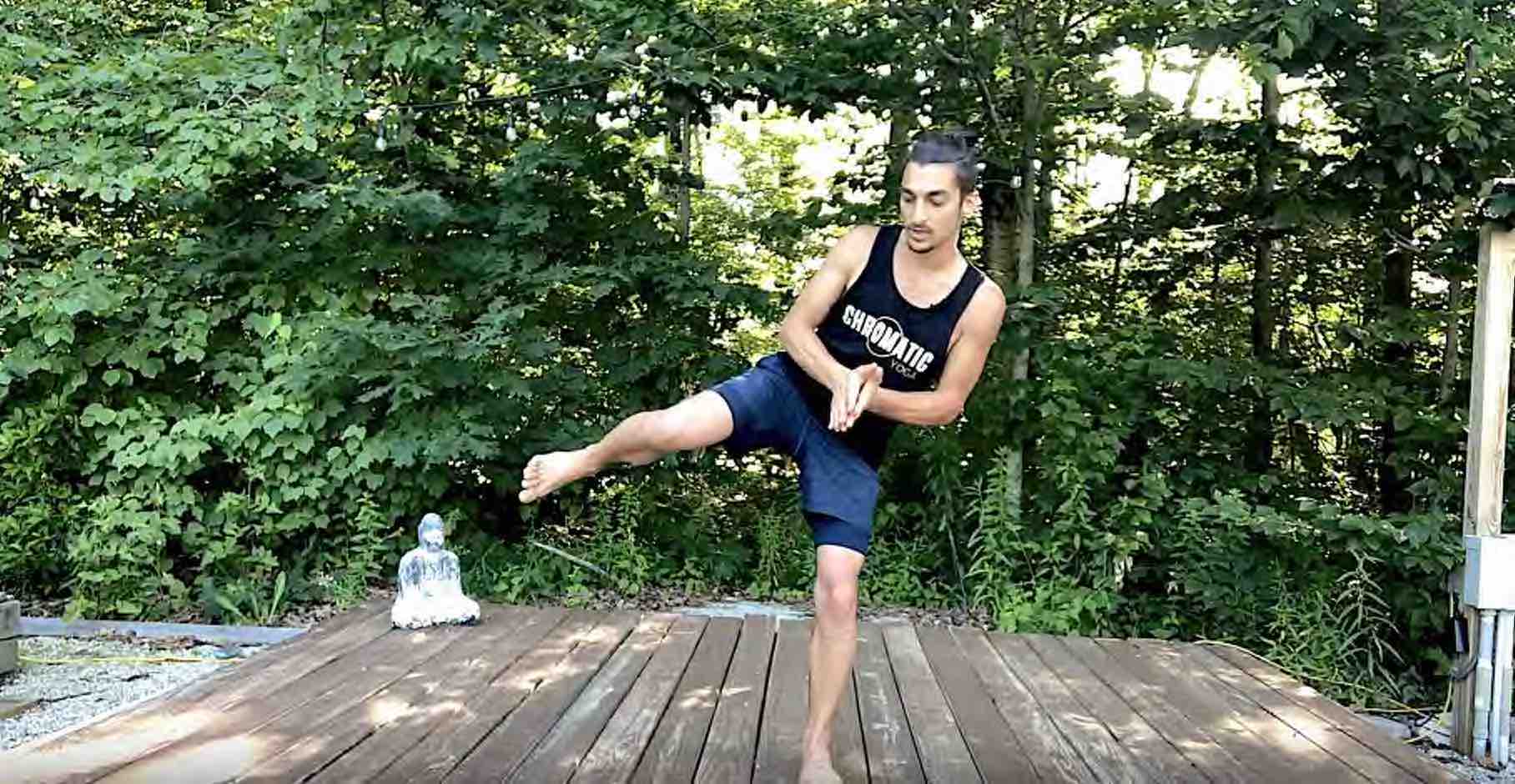
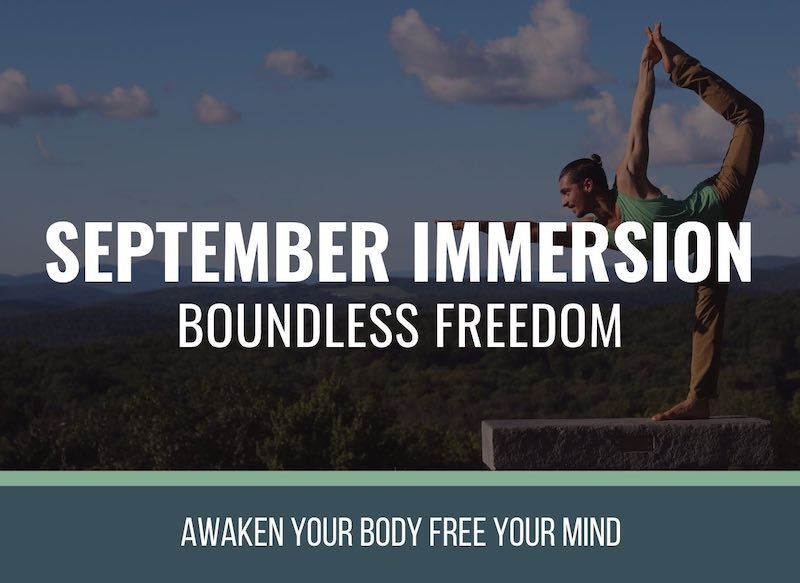


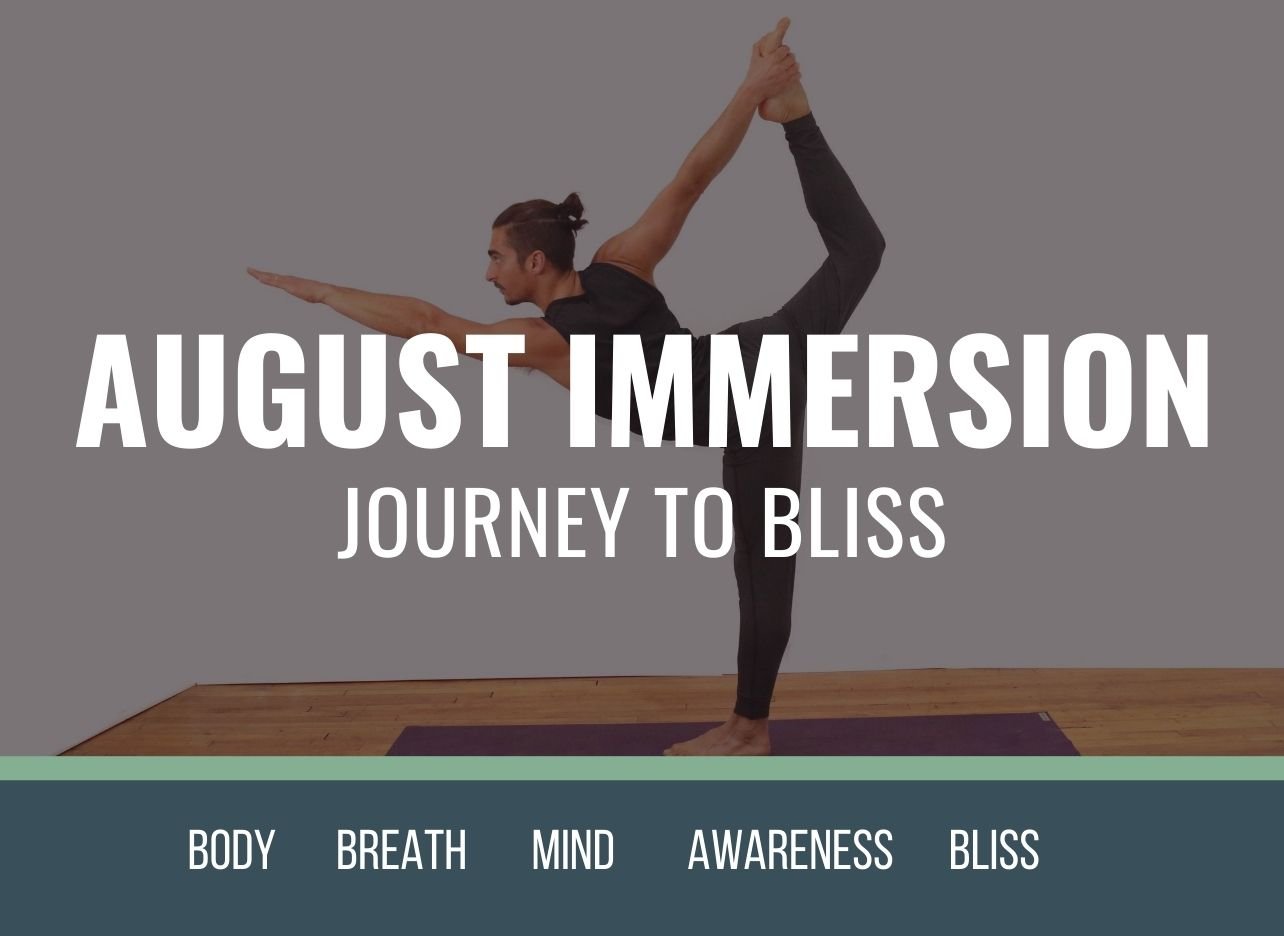


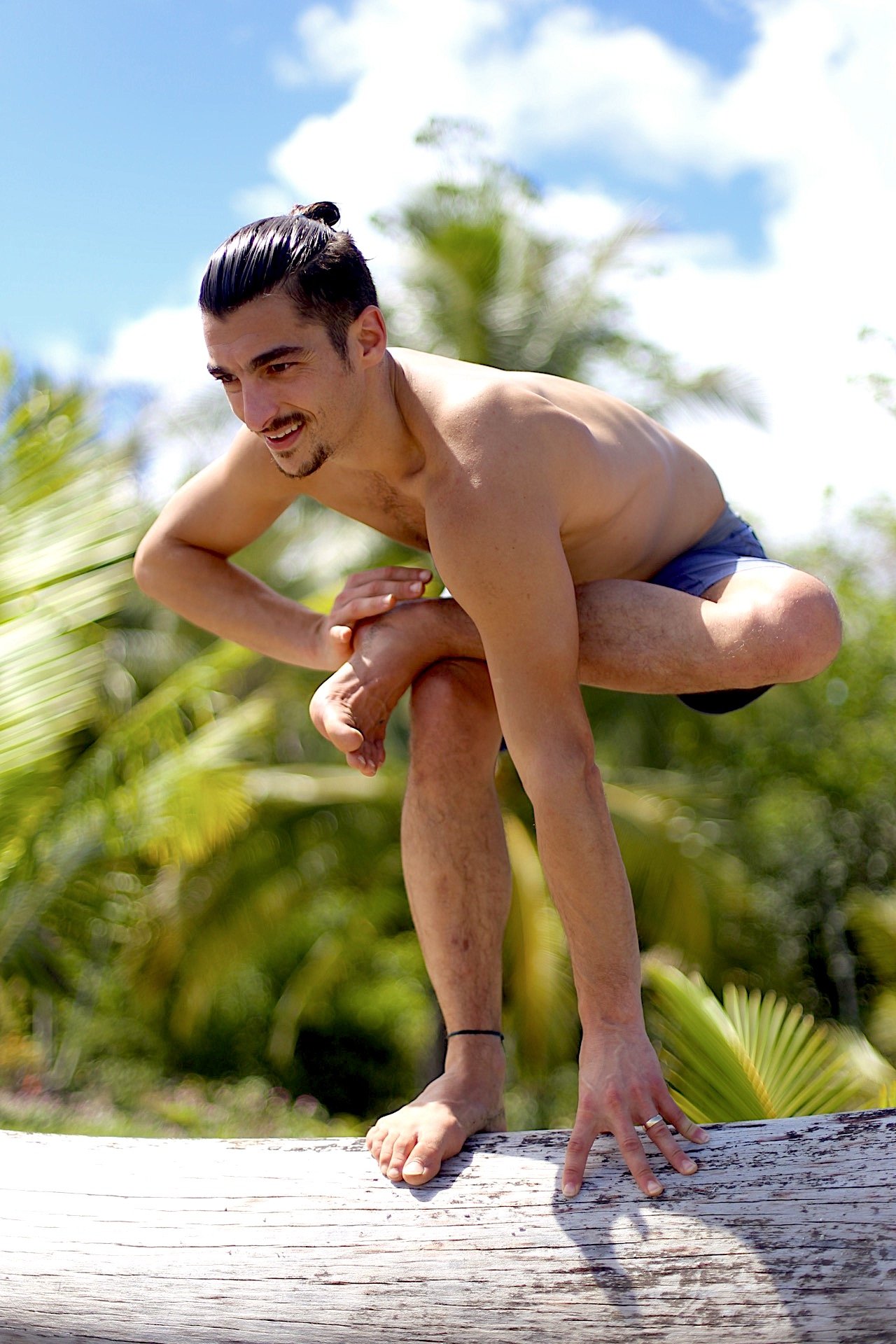
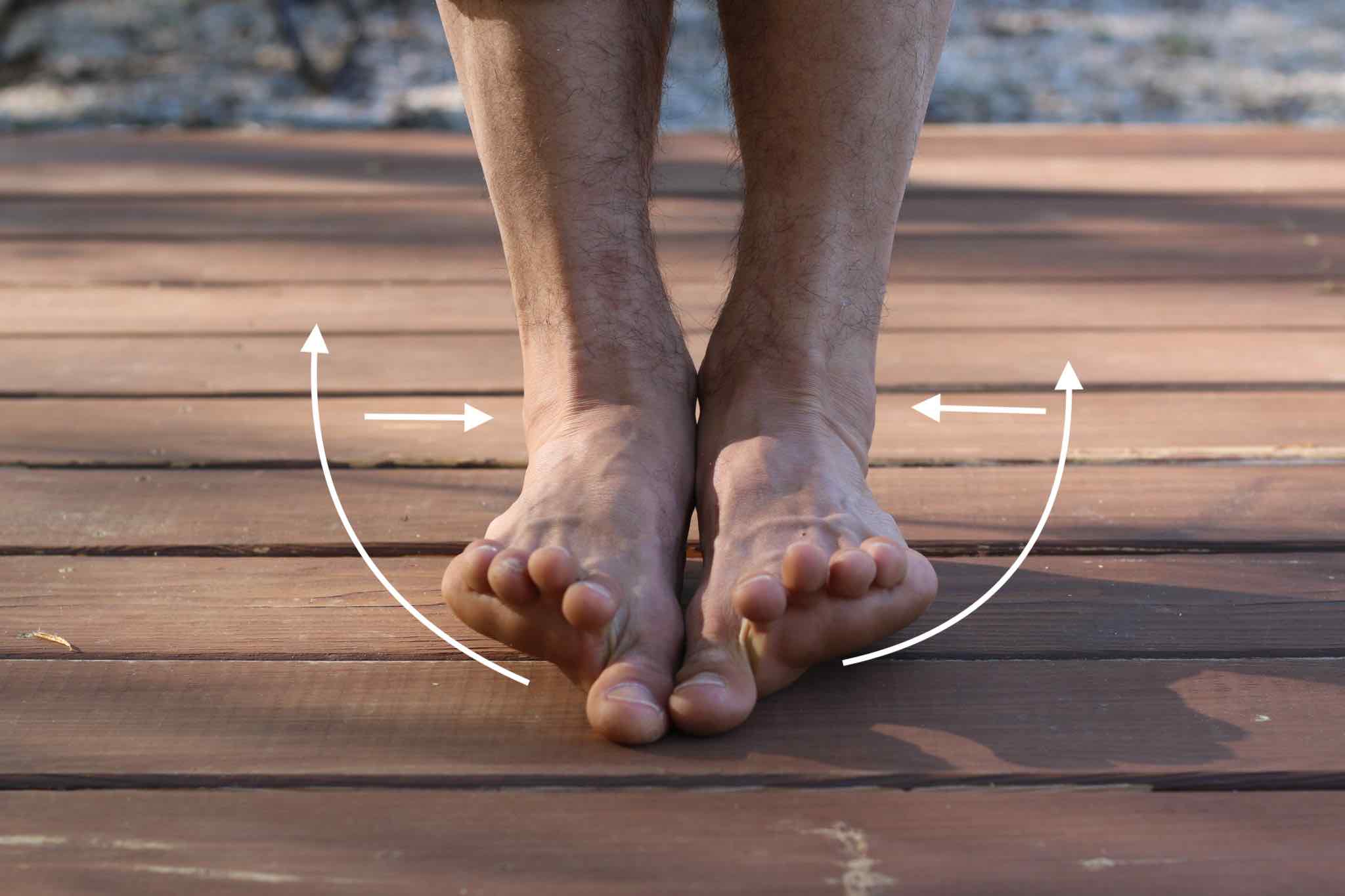
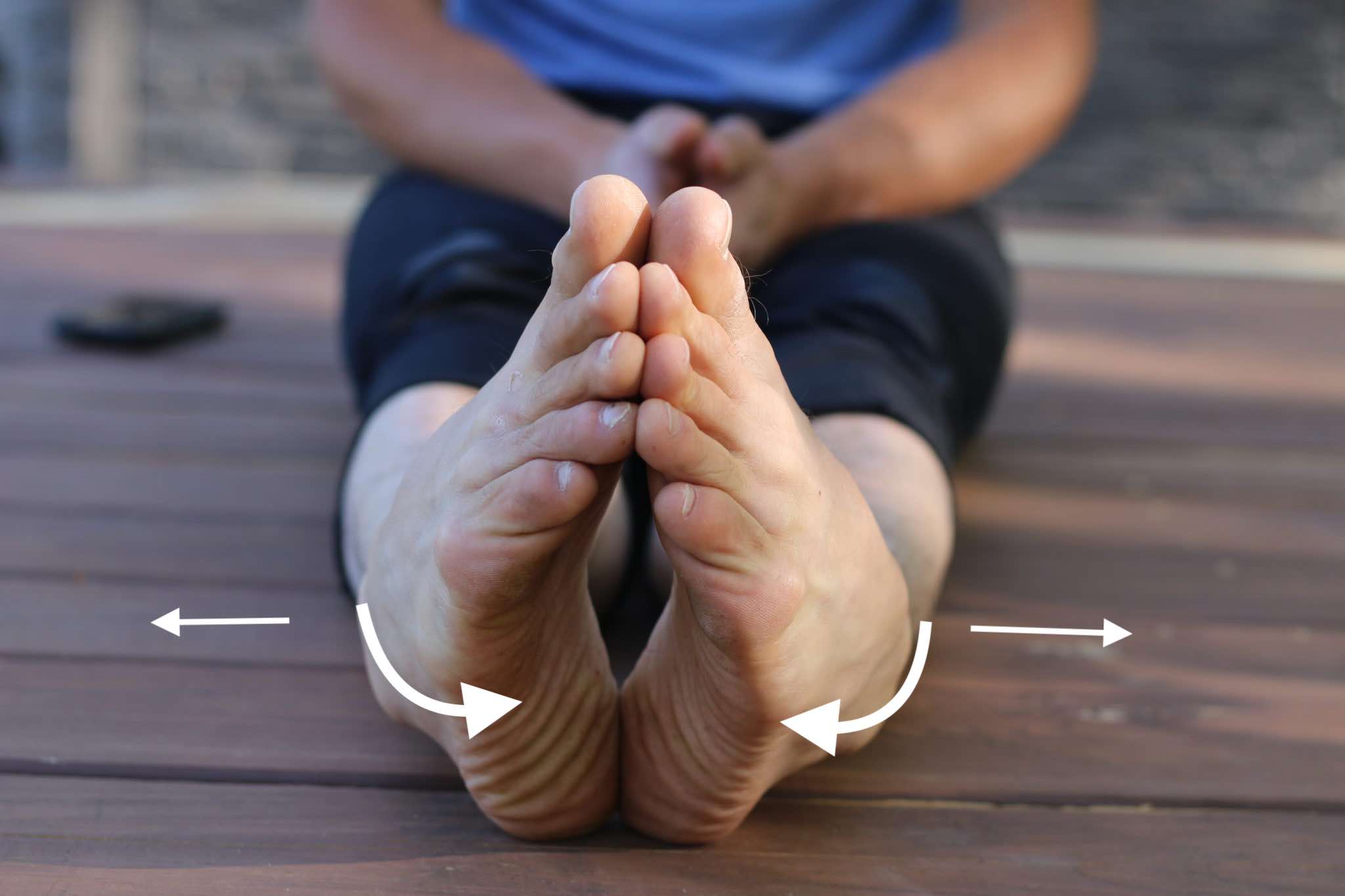
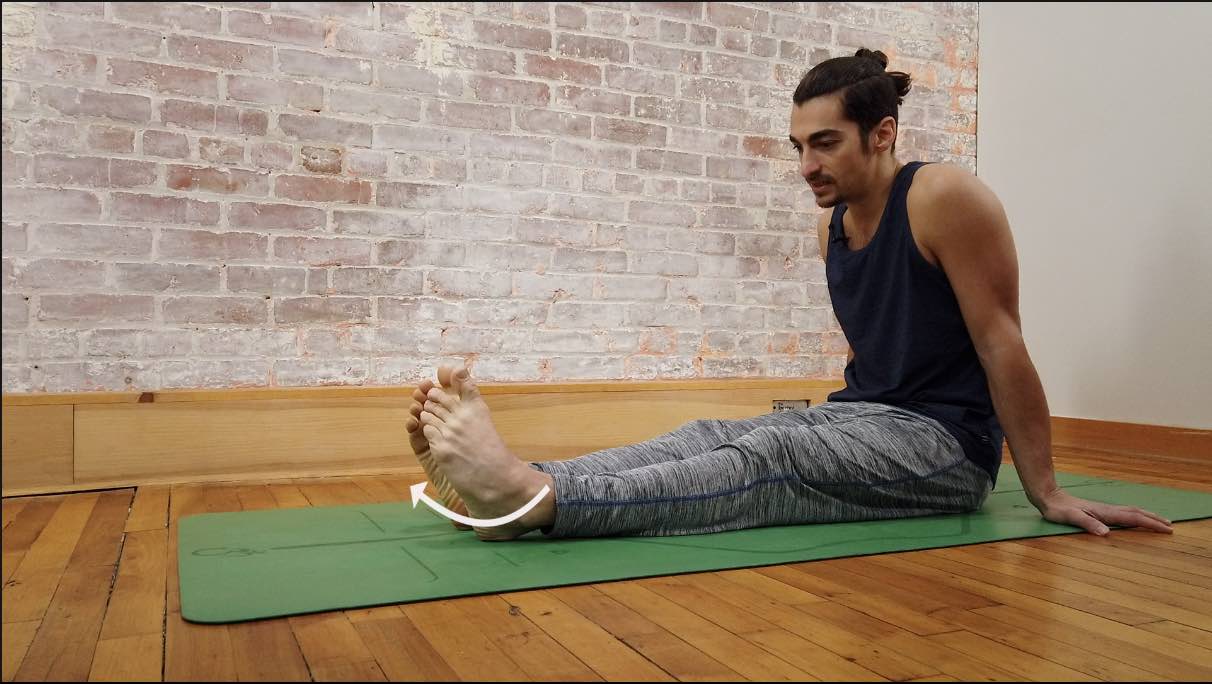
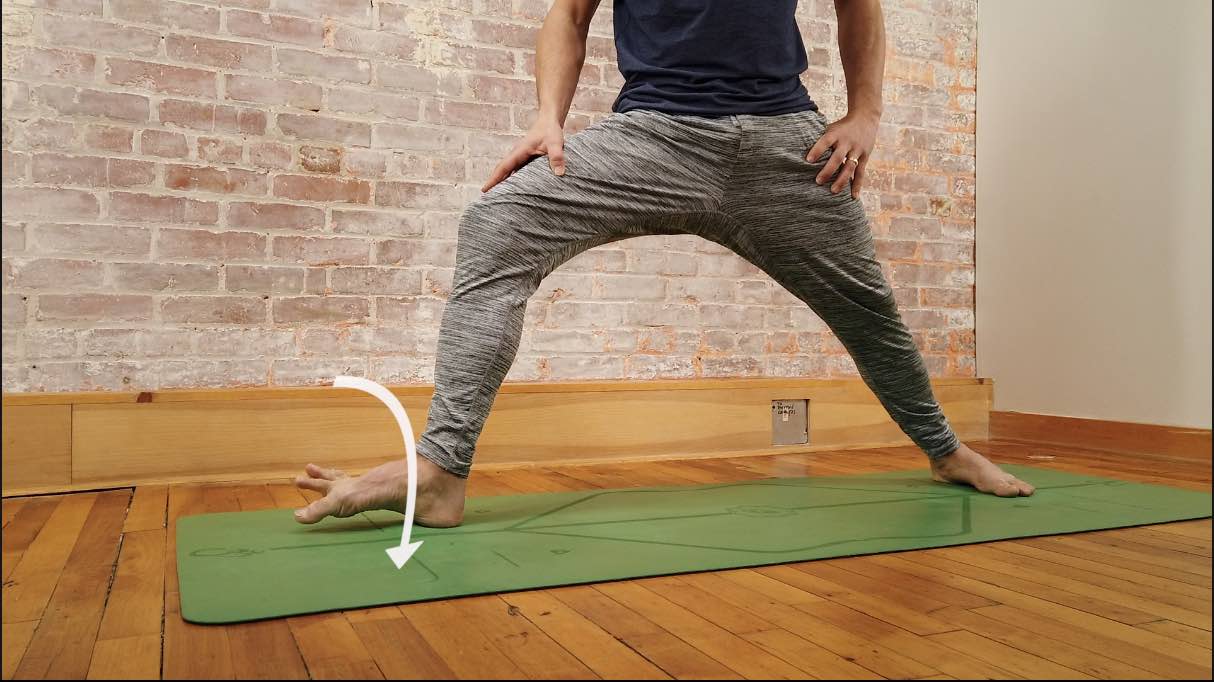
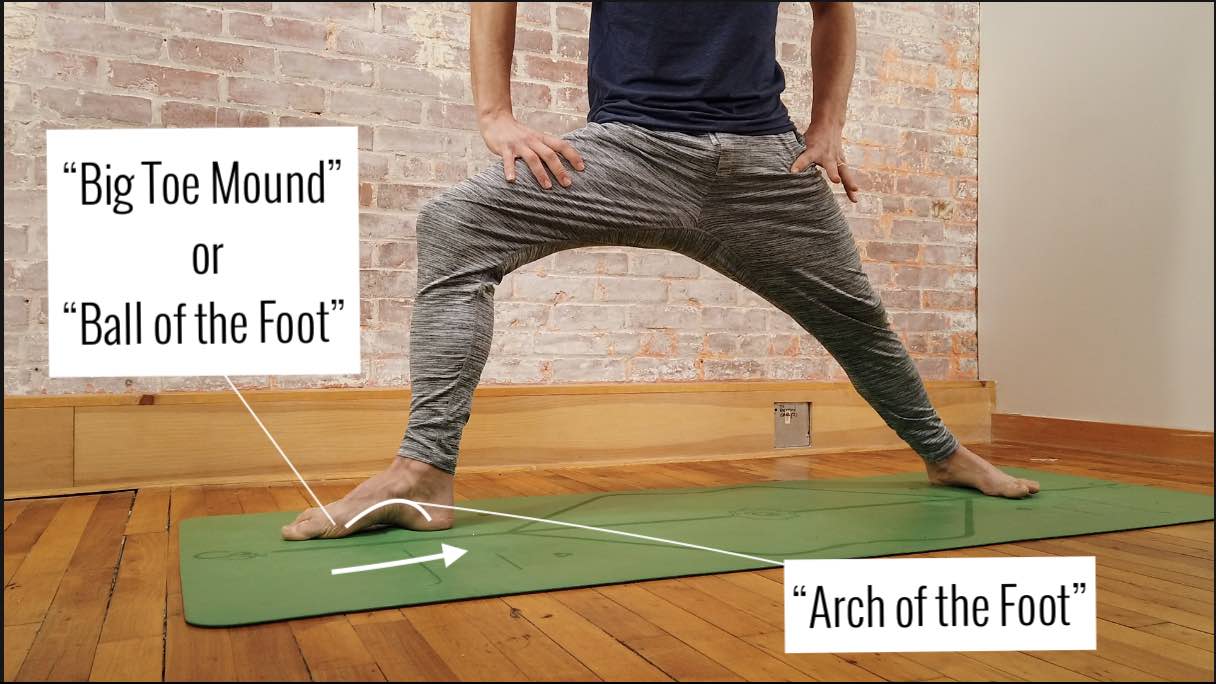
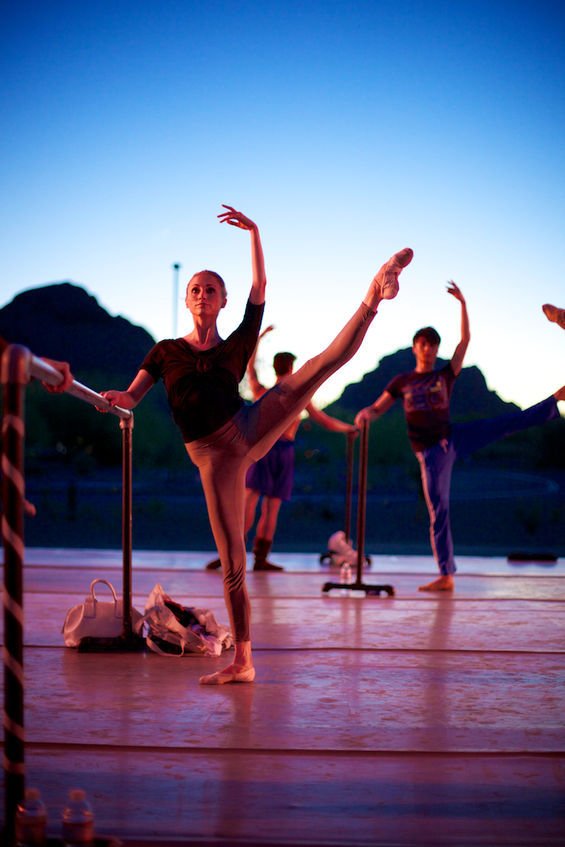
![Archna Mohan chromatic yoga backbend techniques: 12 classes [backbend technique to relieve back pain "bowing the spine']](https://www.theyogimatt.com/wp-content/uploads/2021/10/Archna-Mohan-chromatic-5.jpg)
